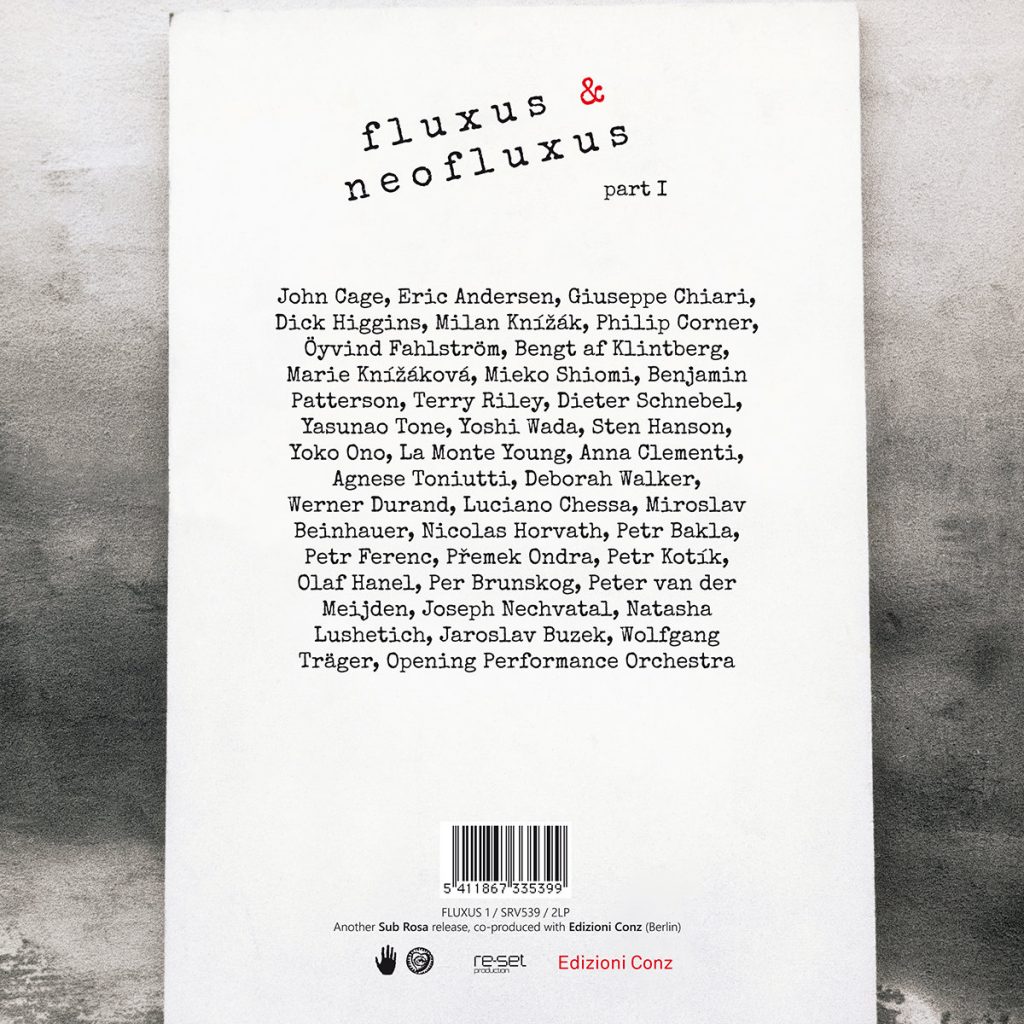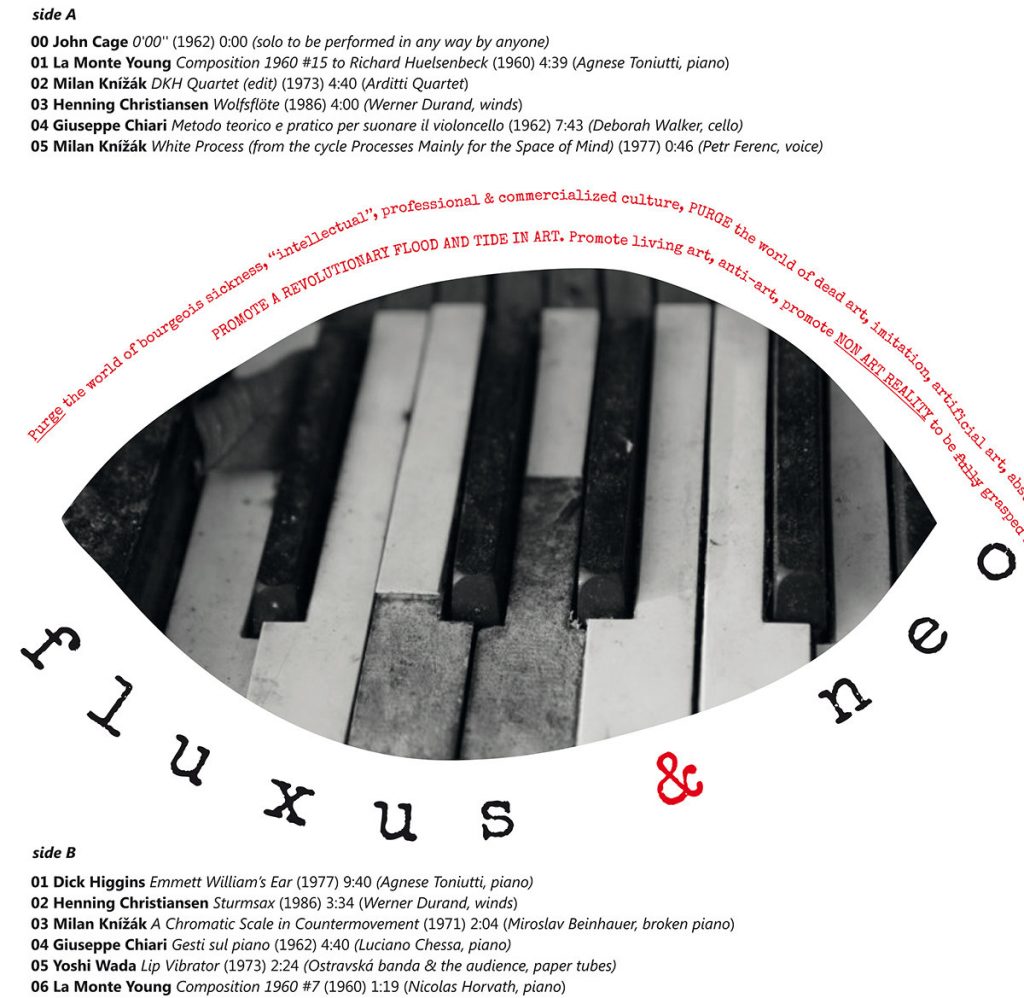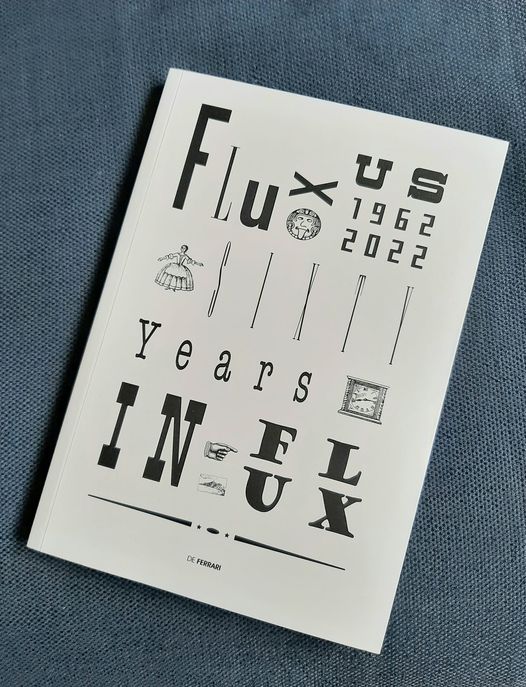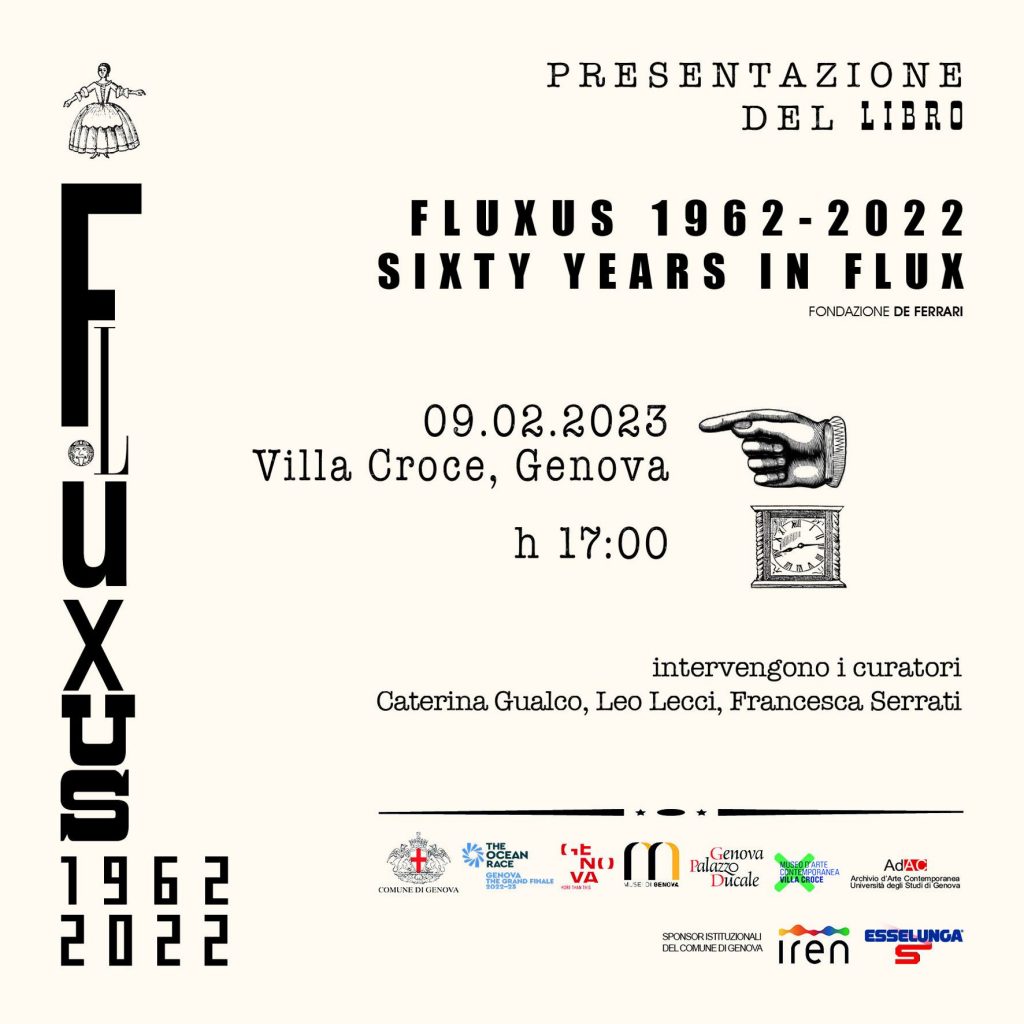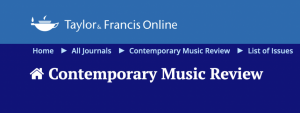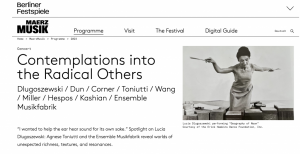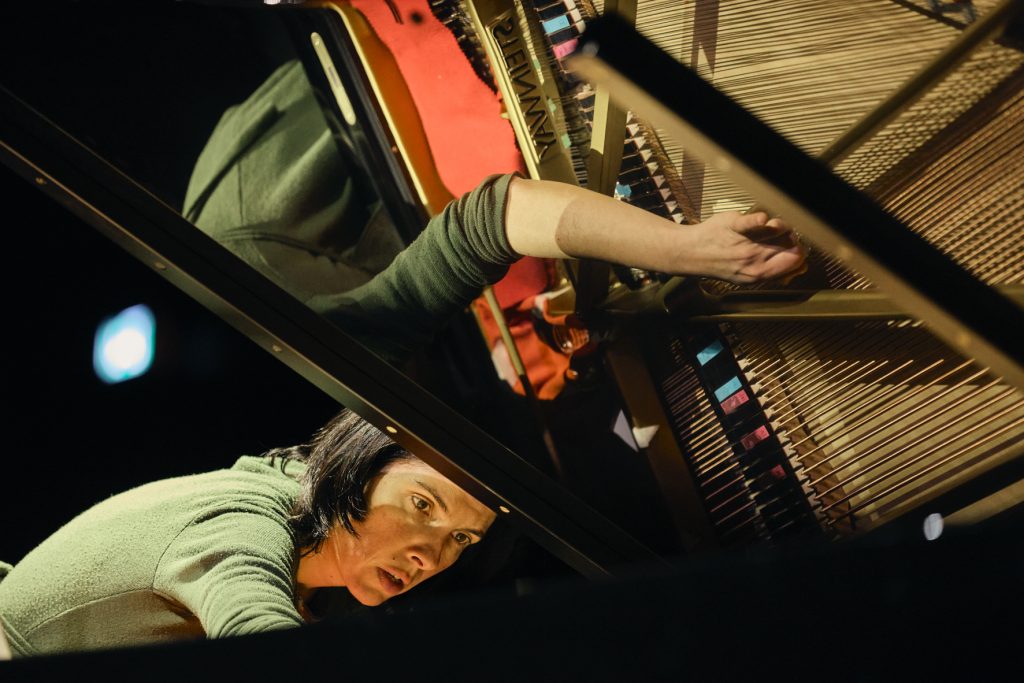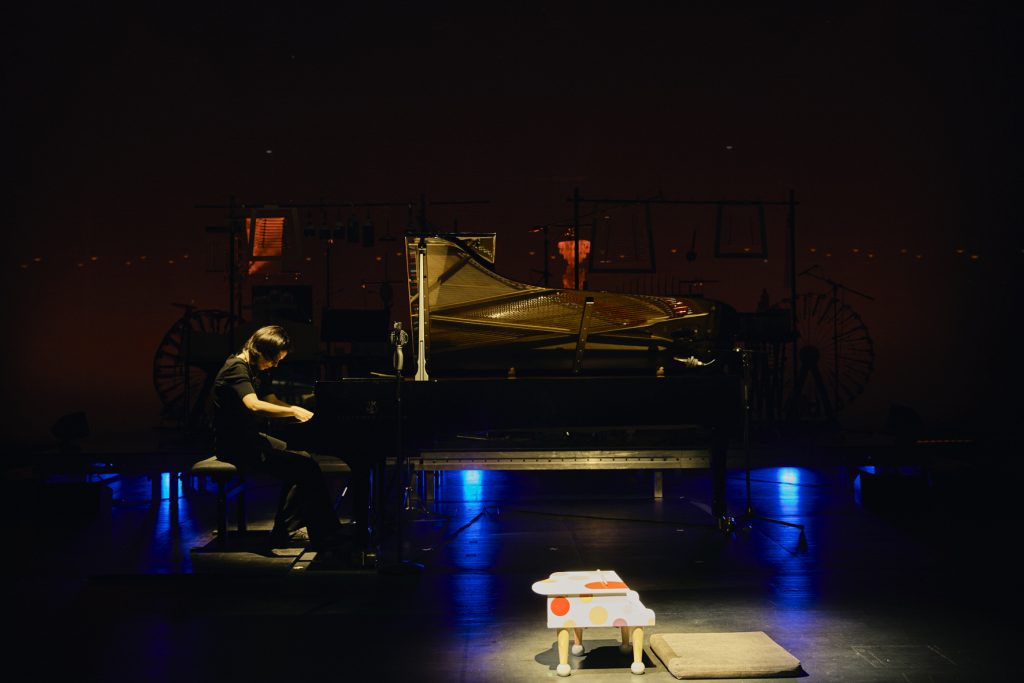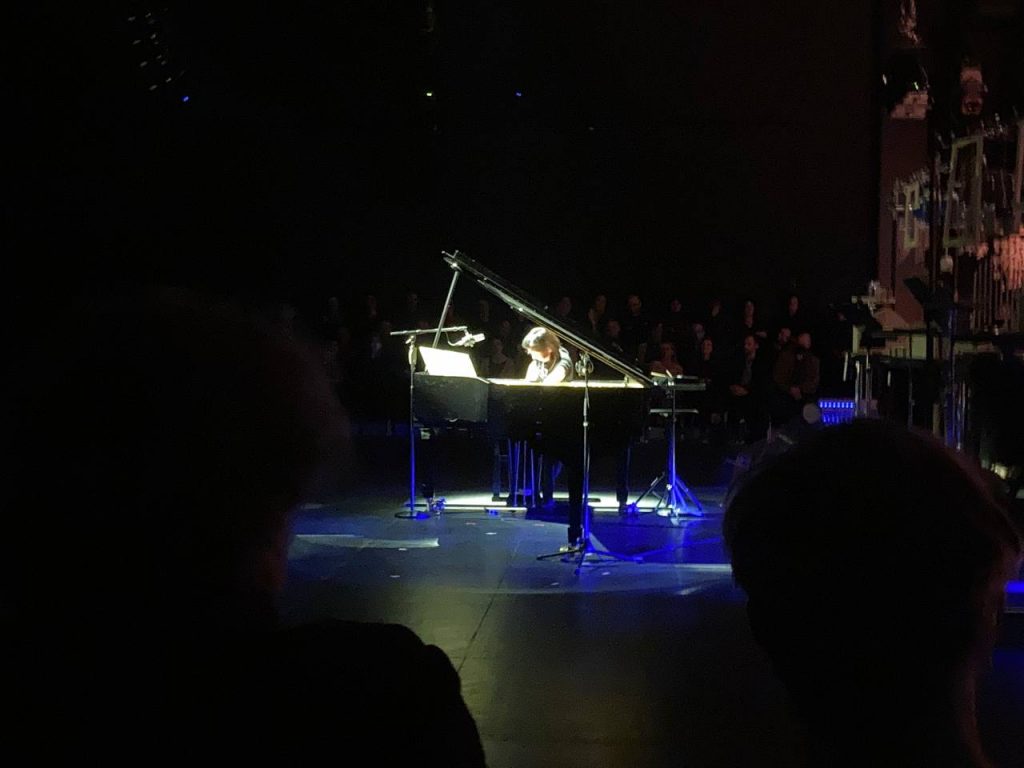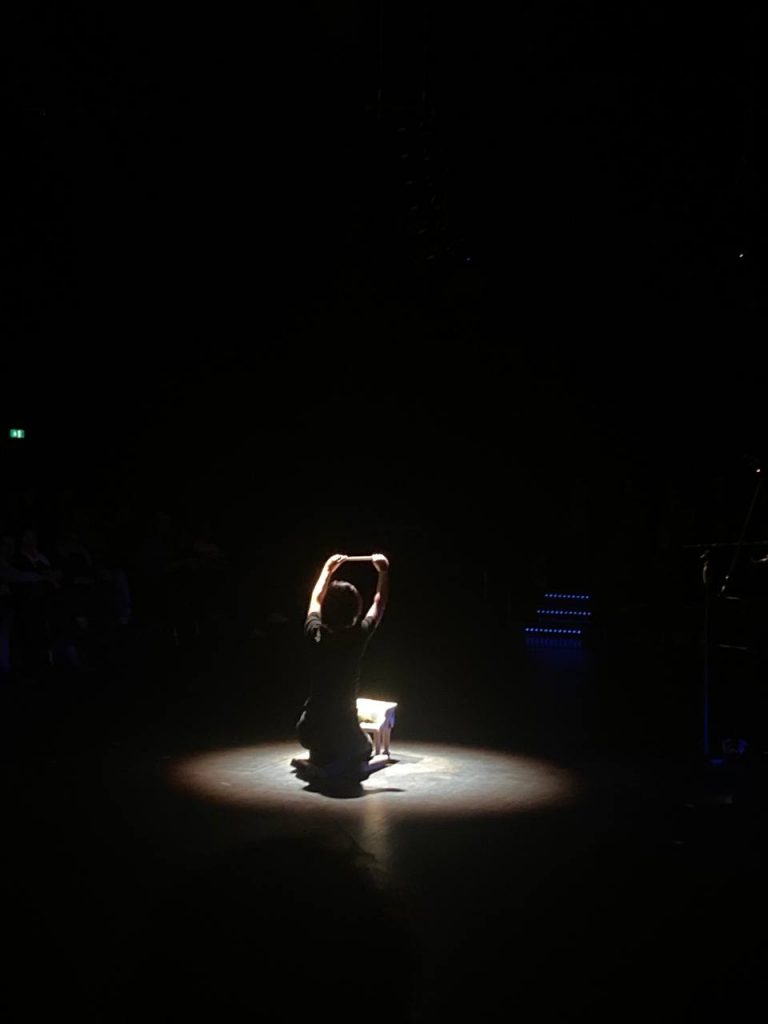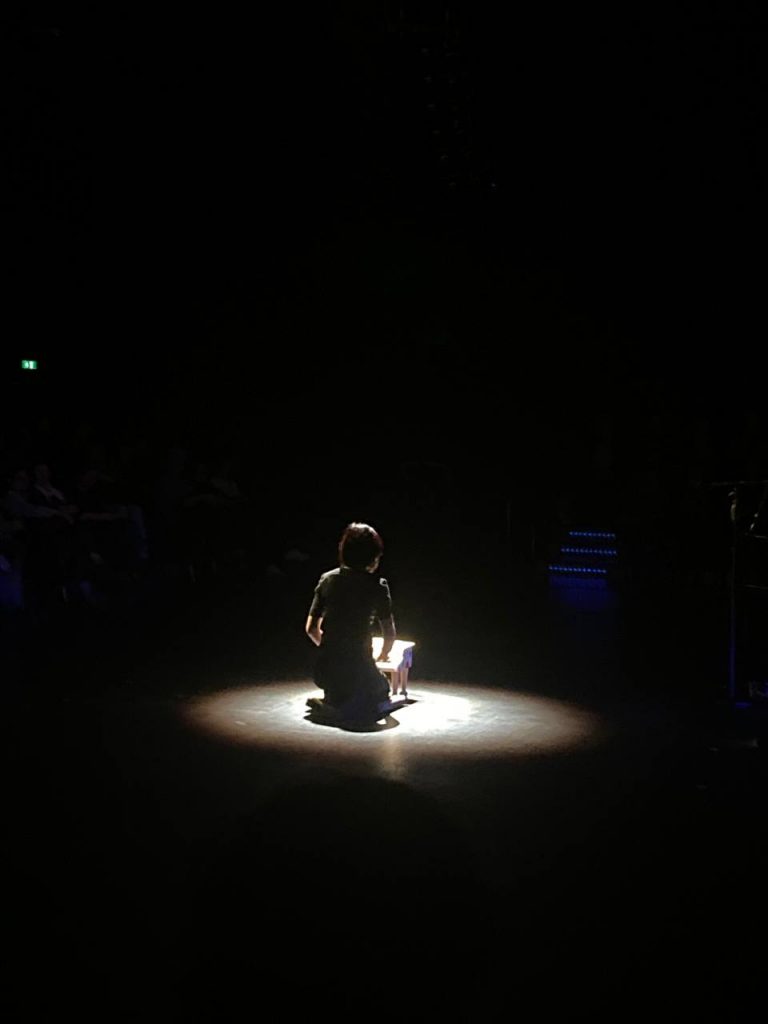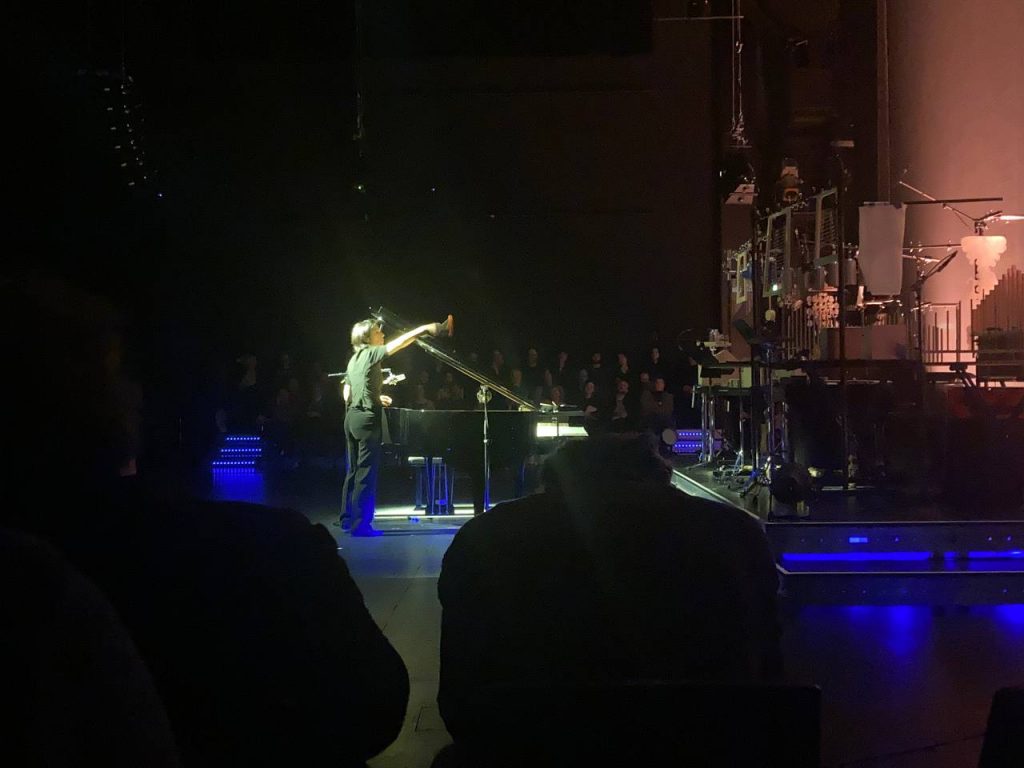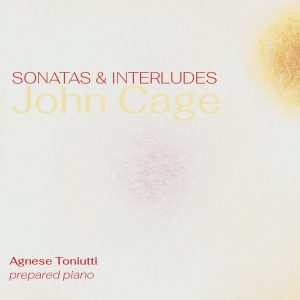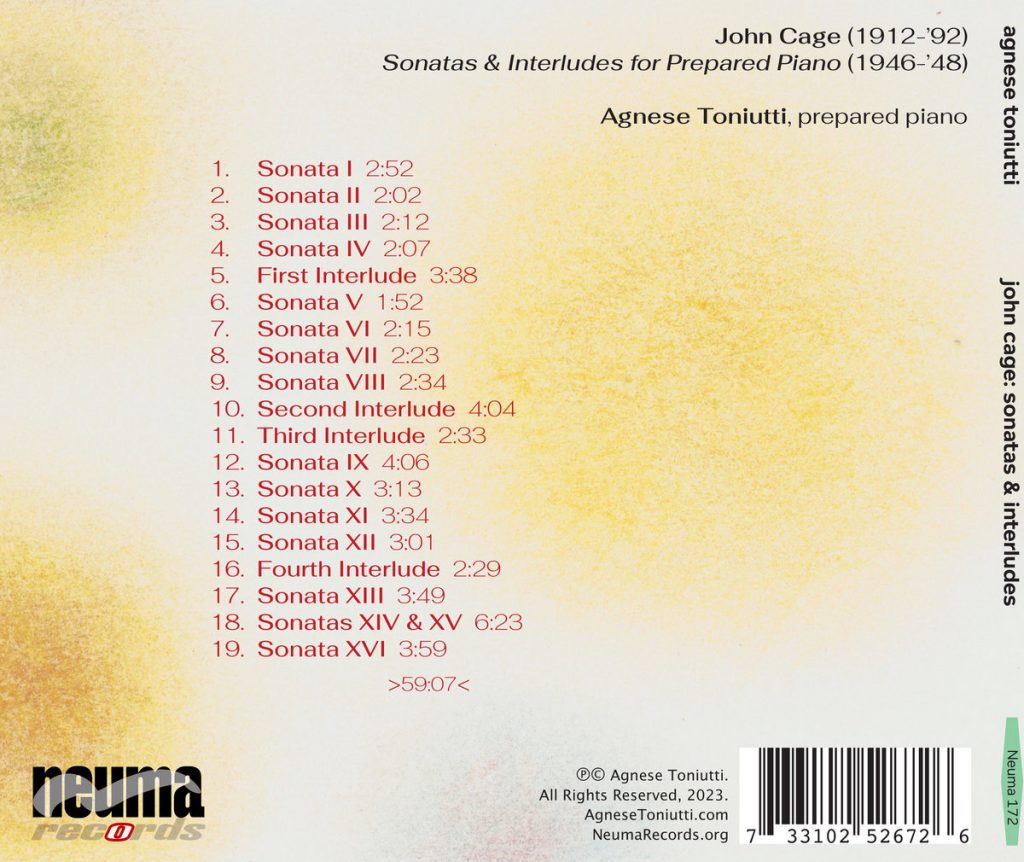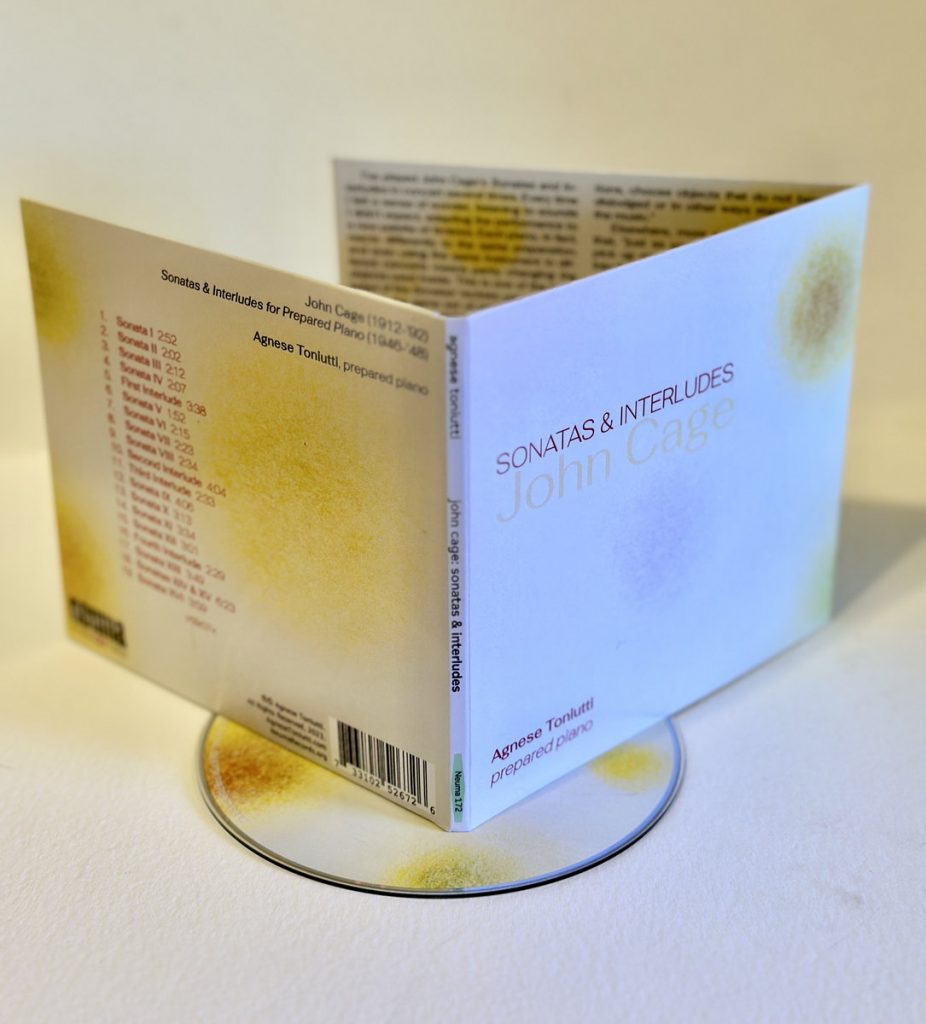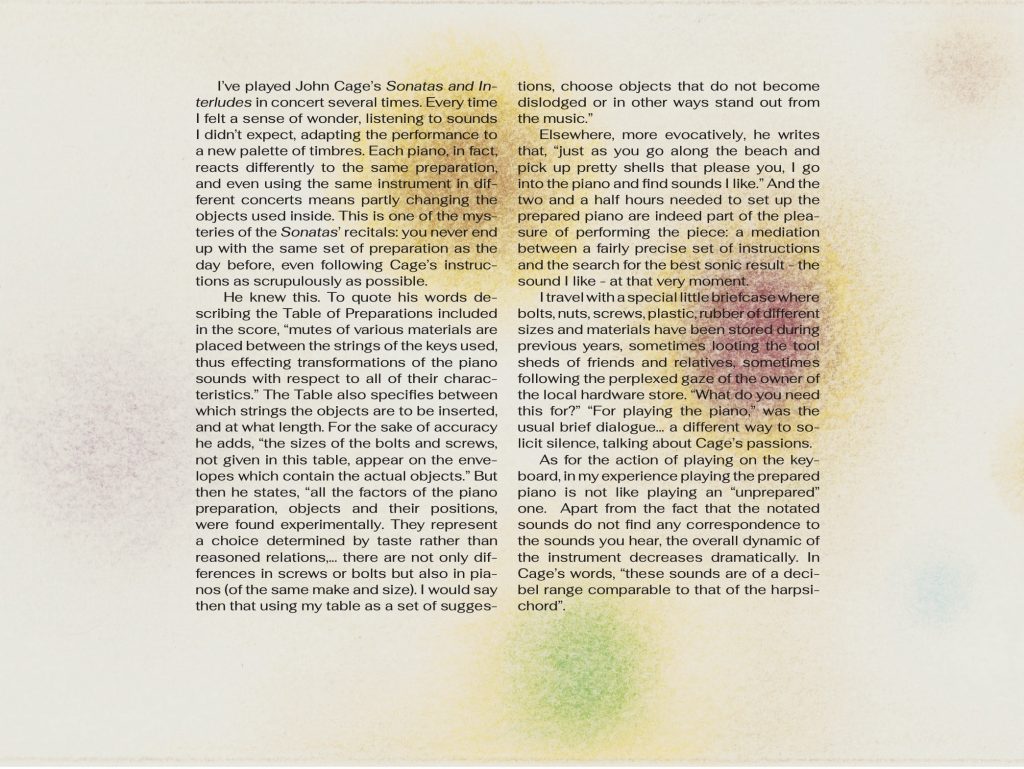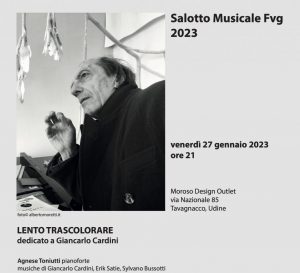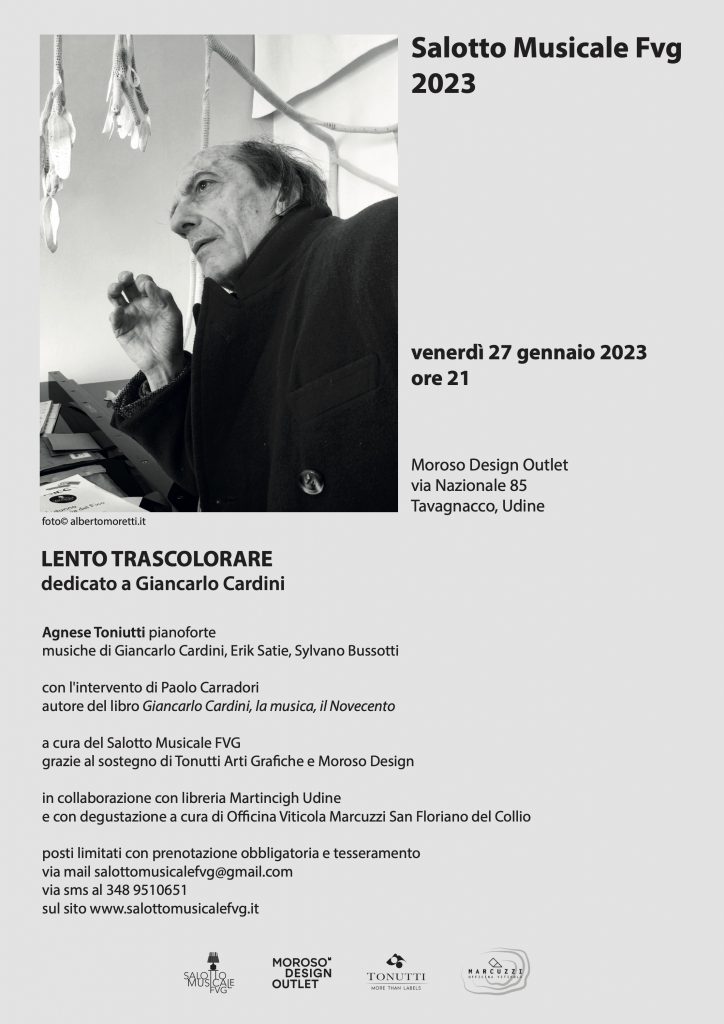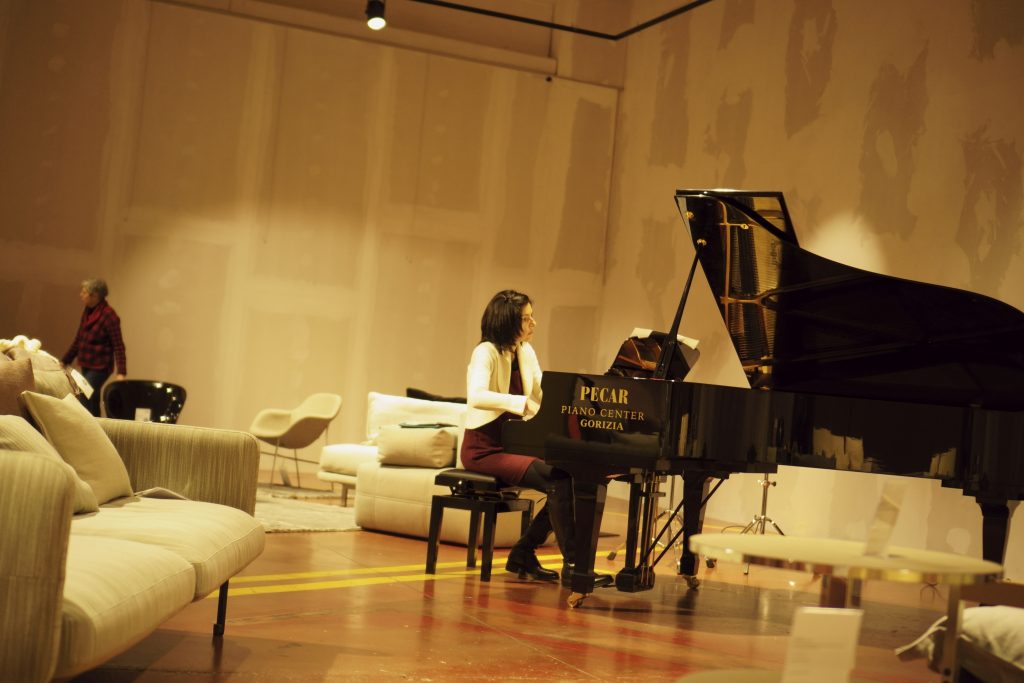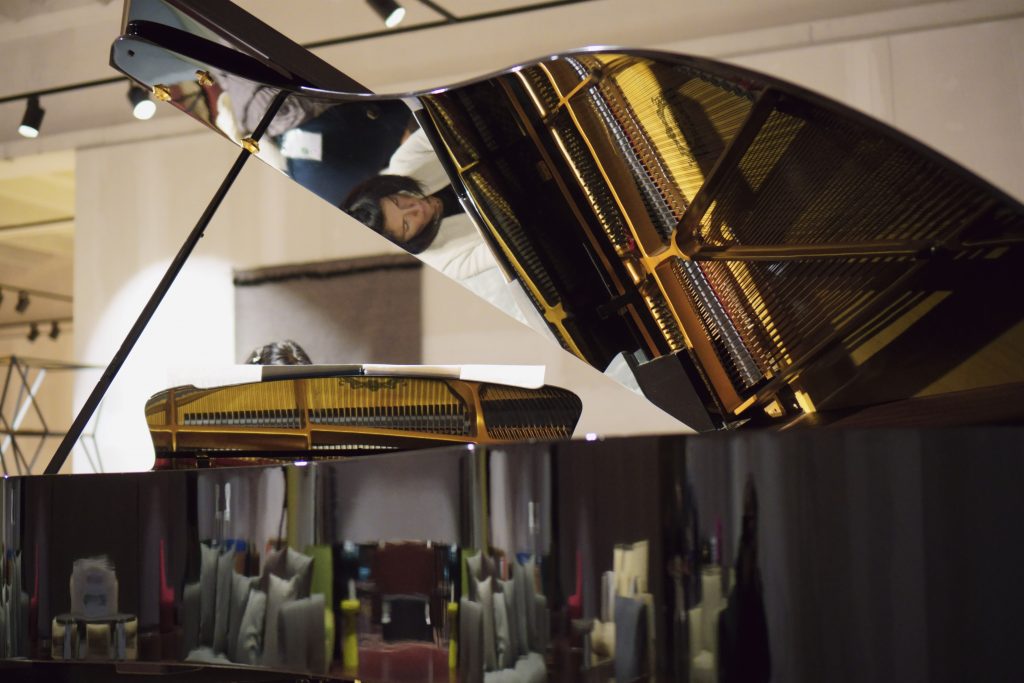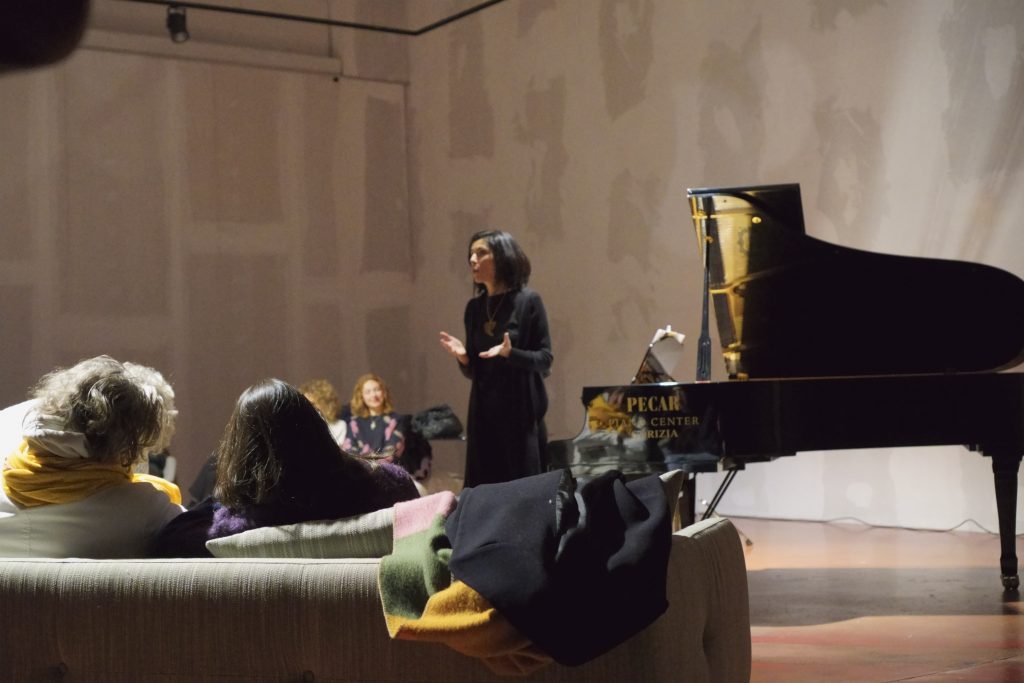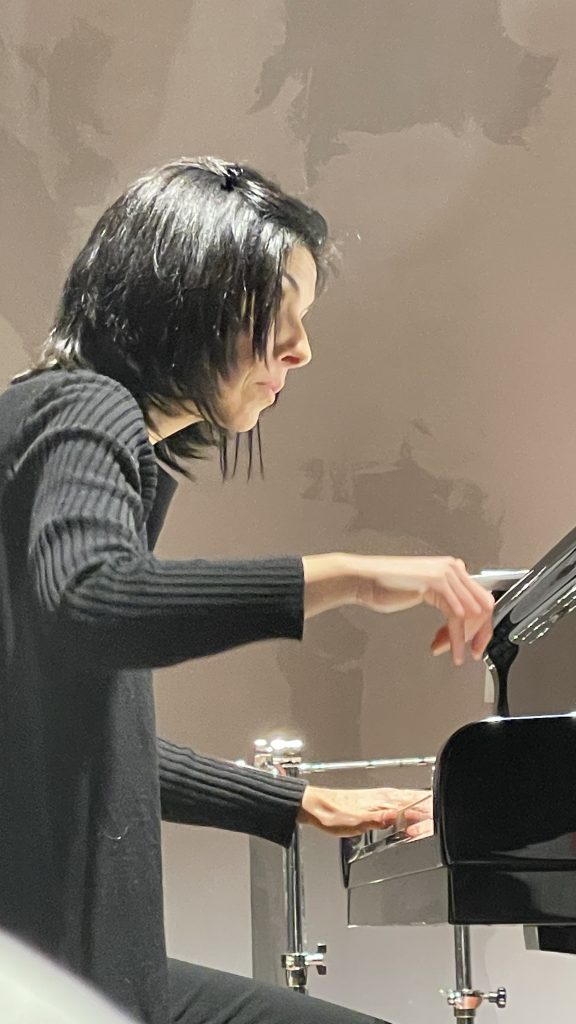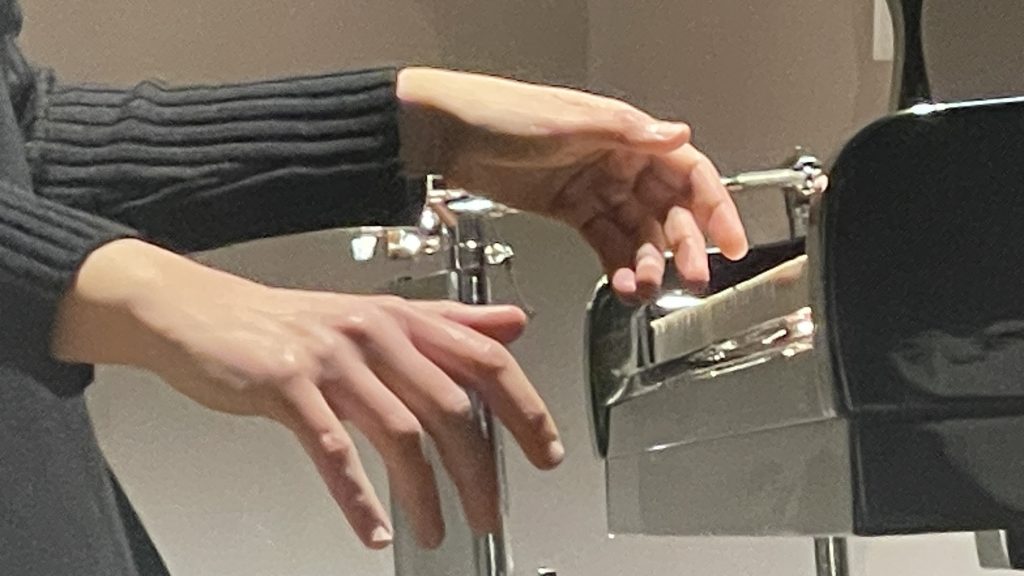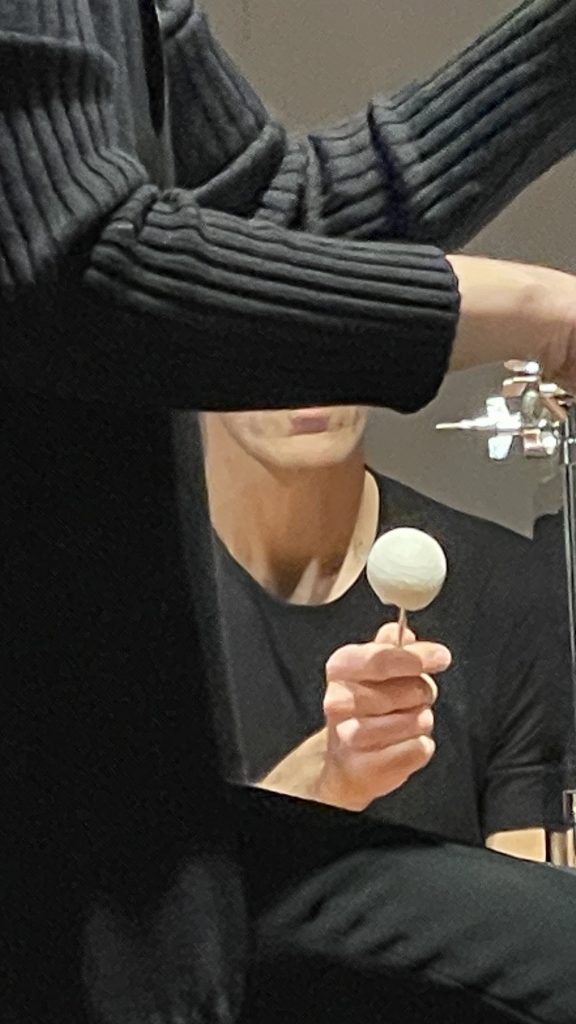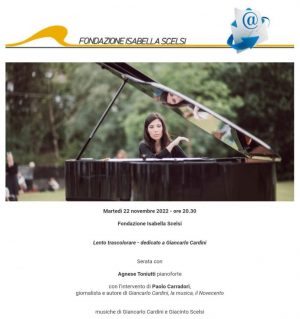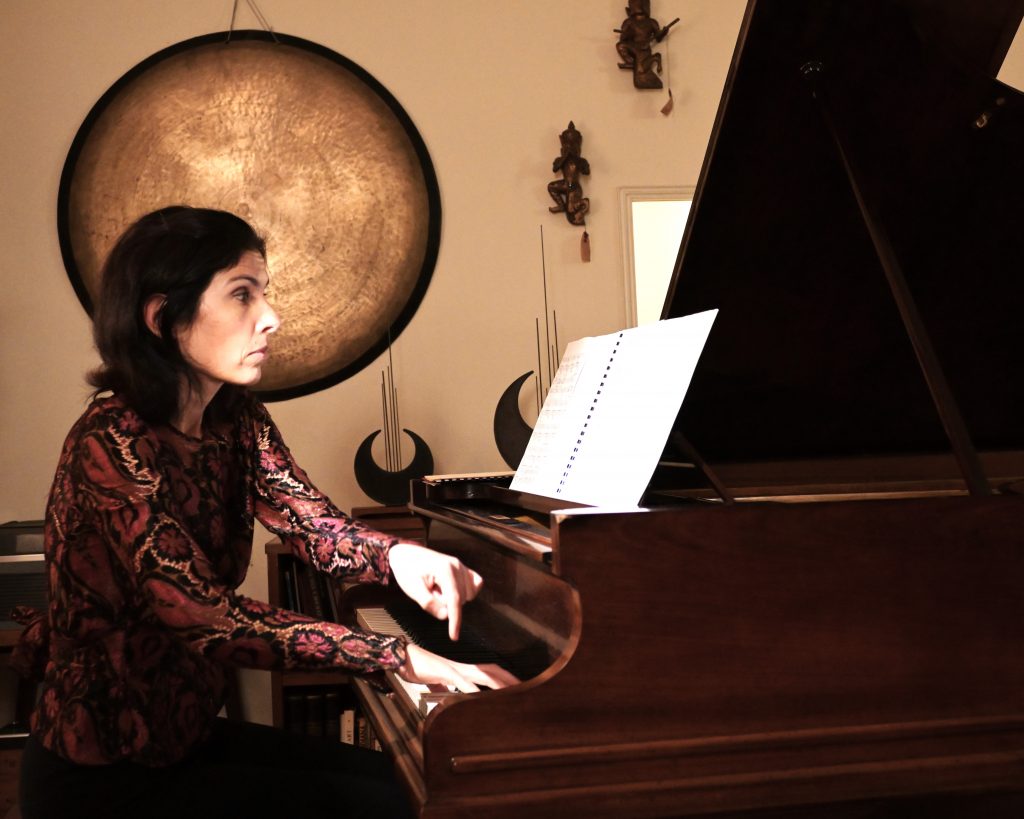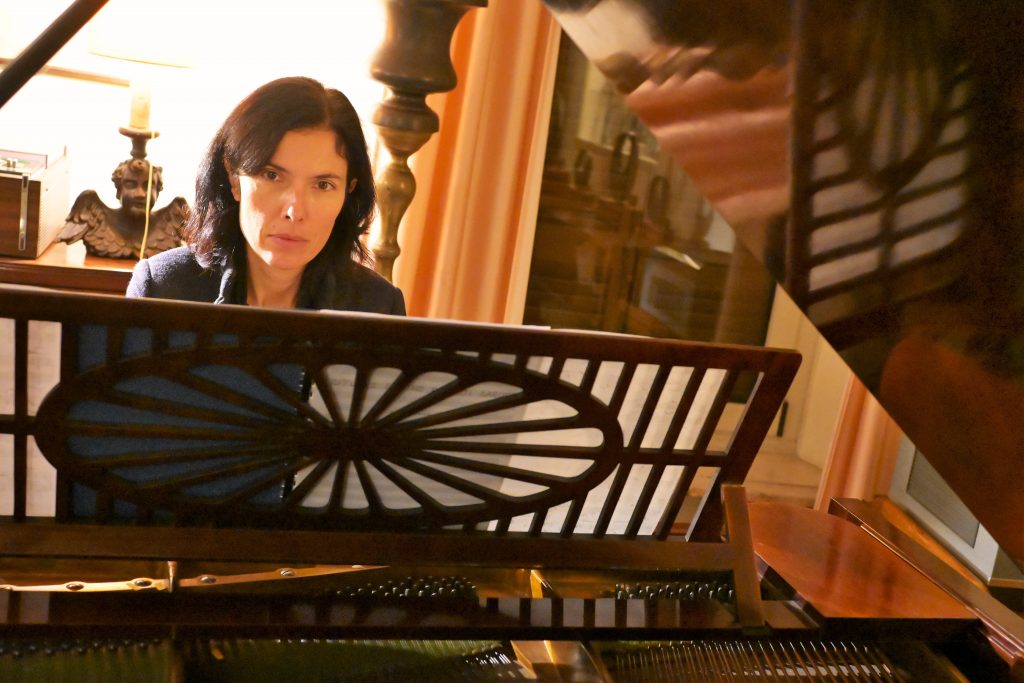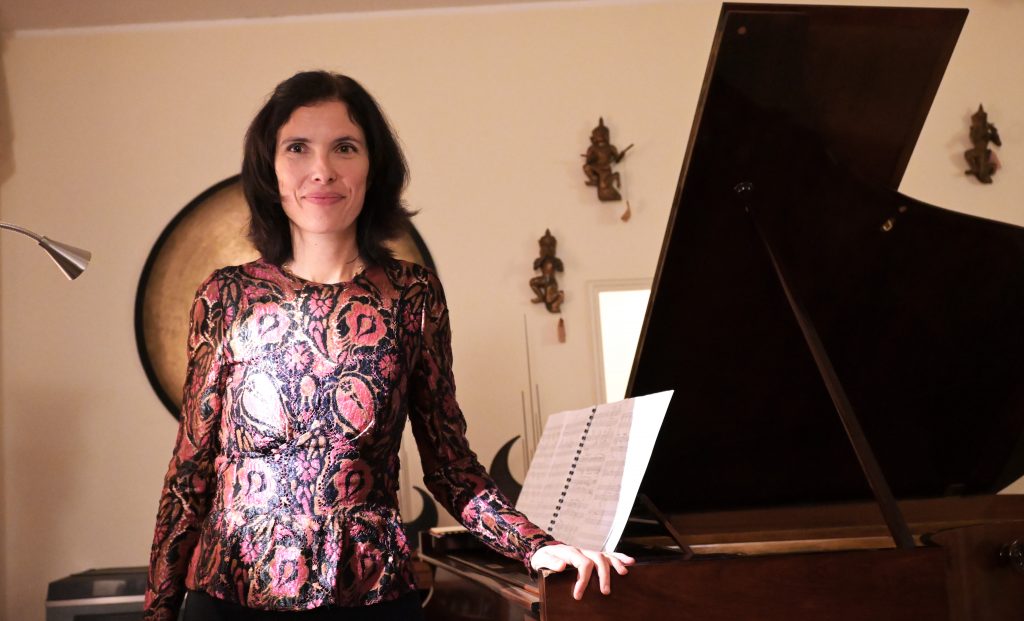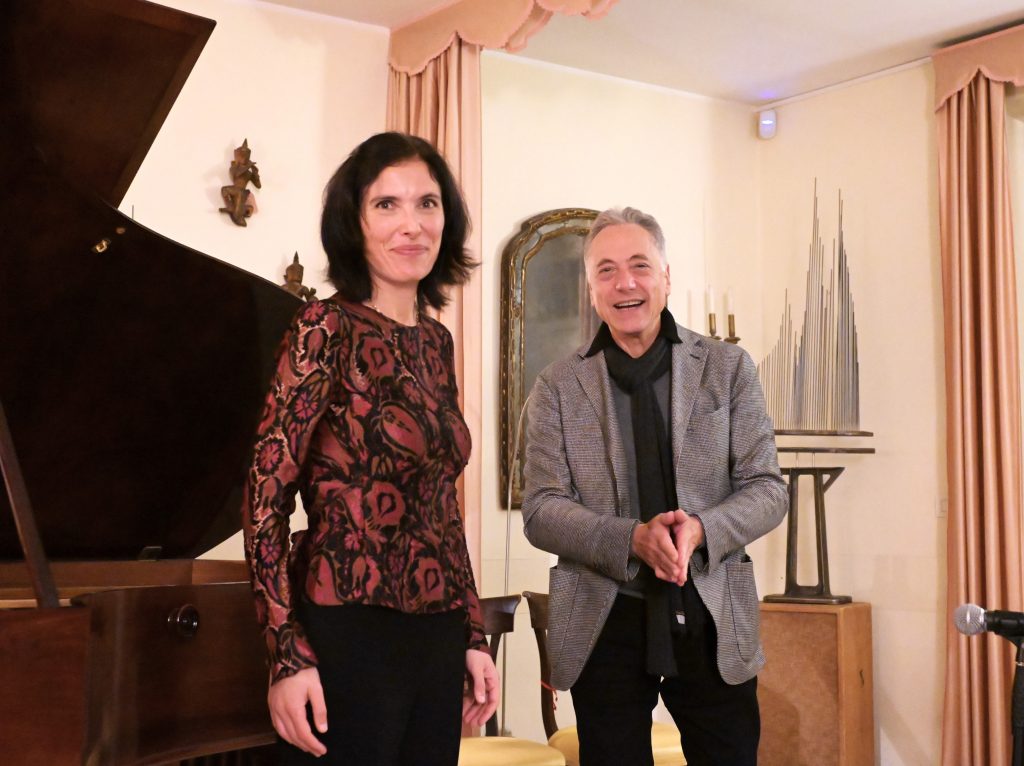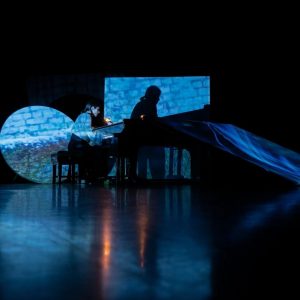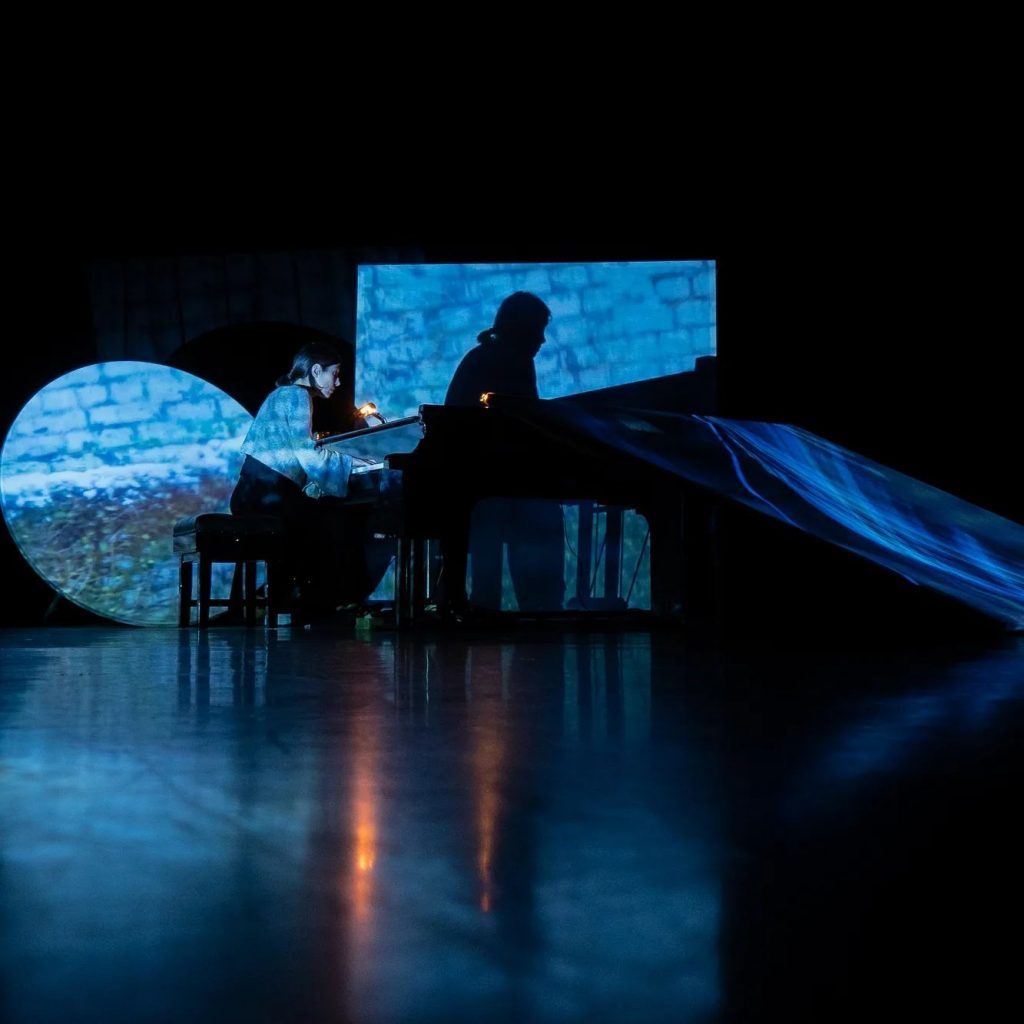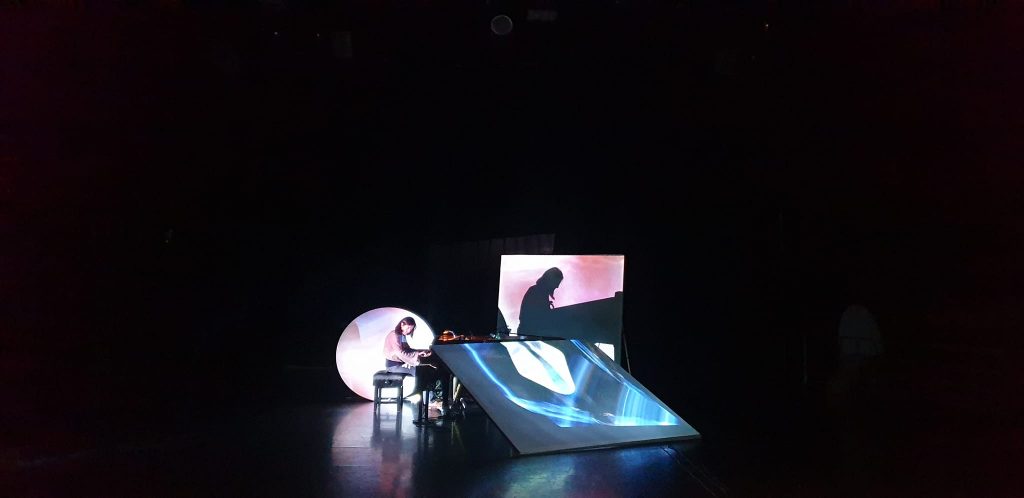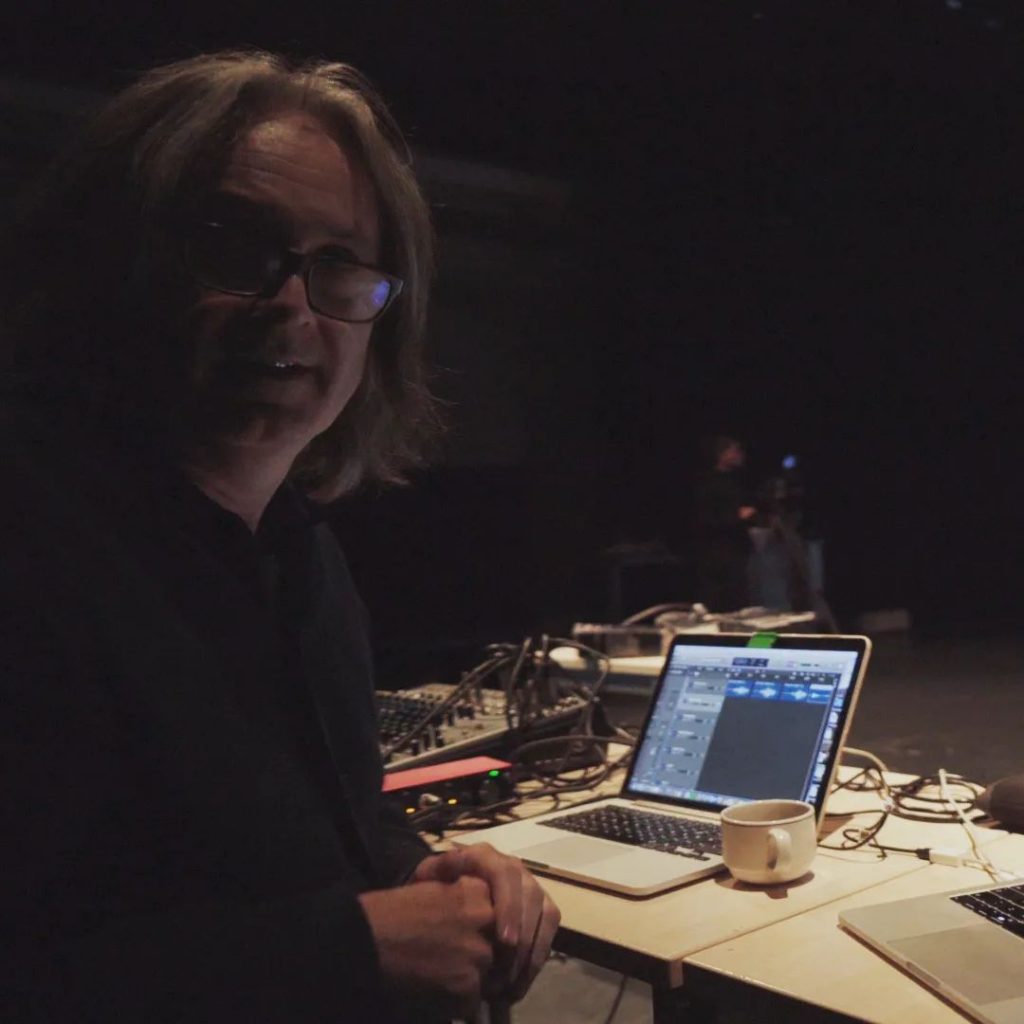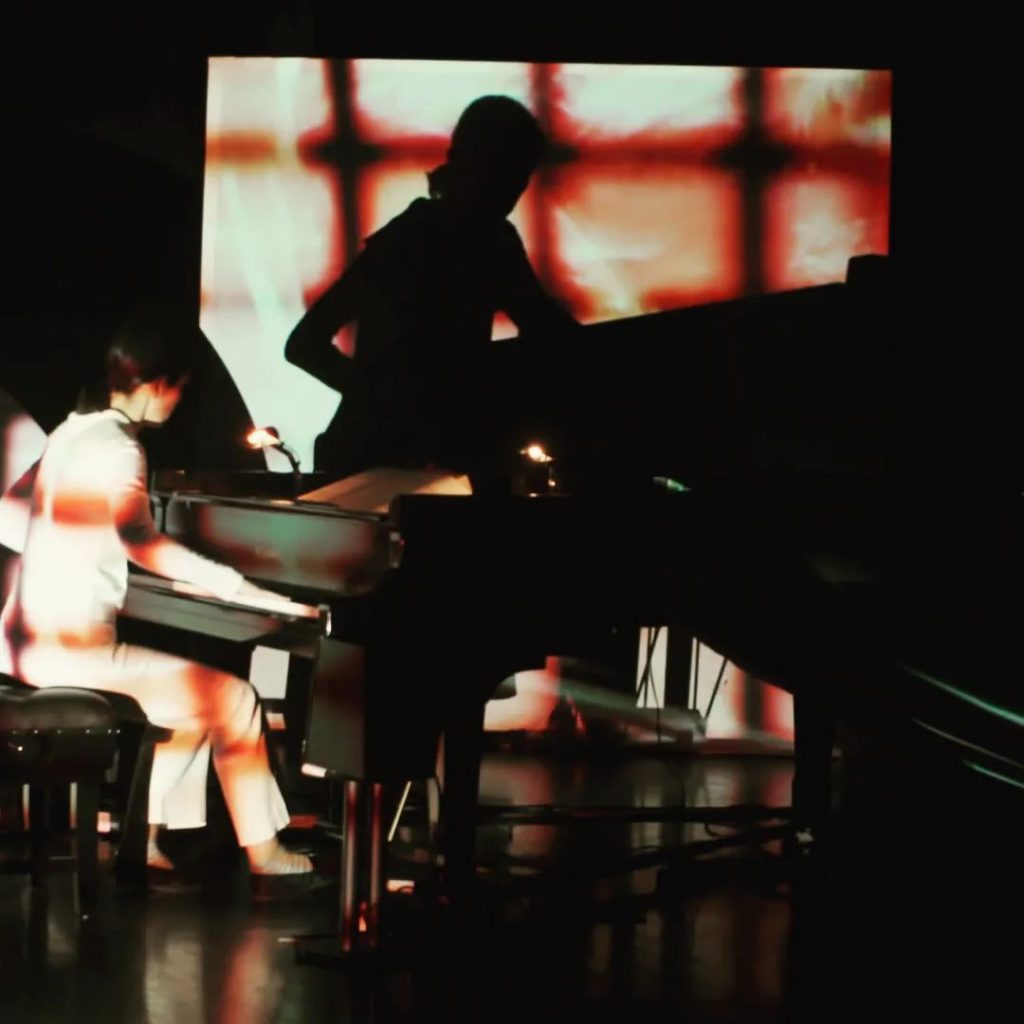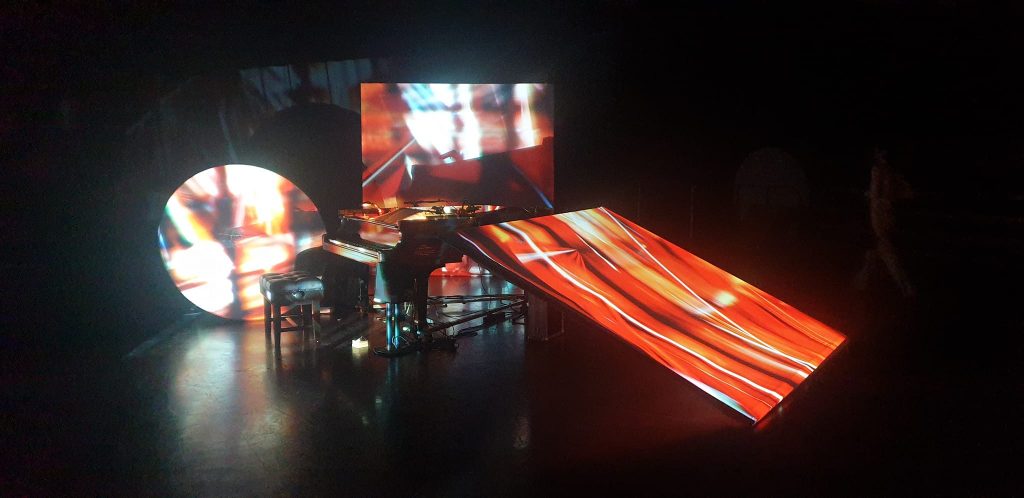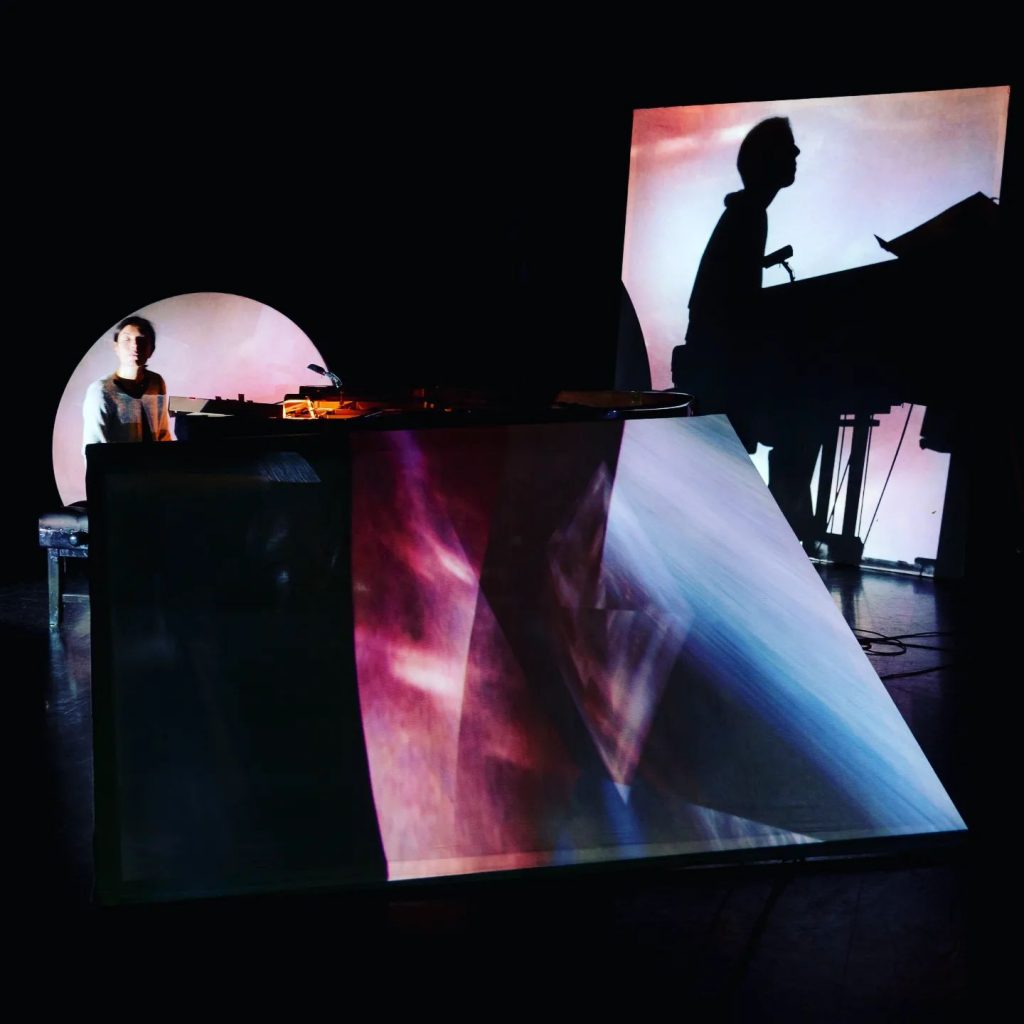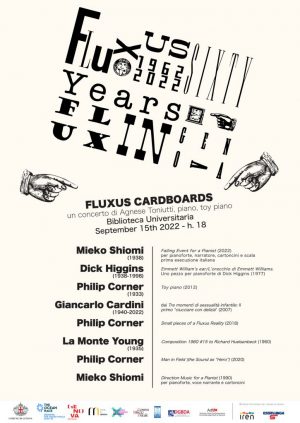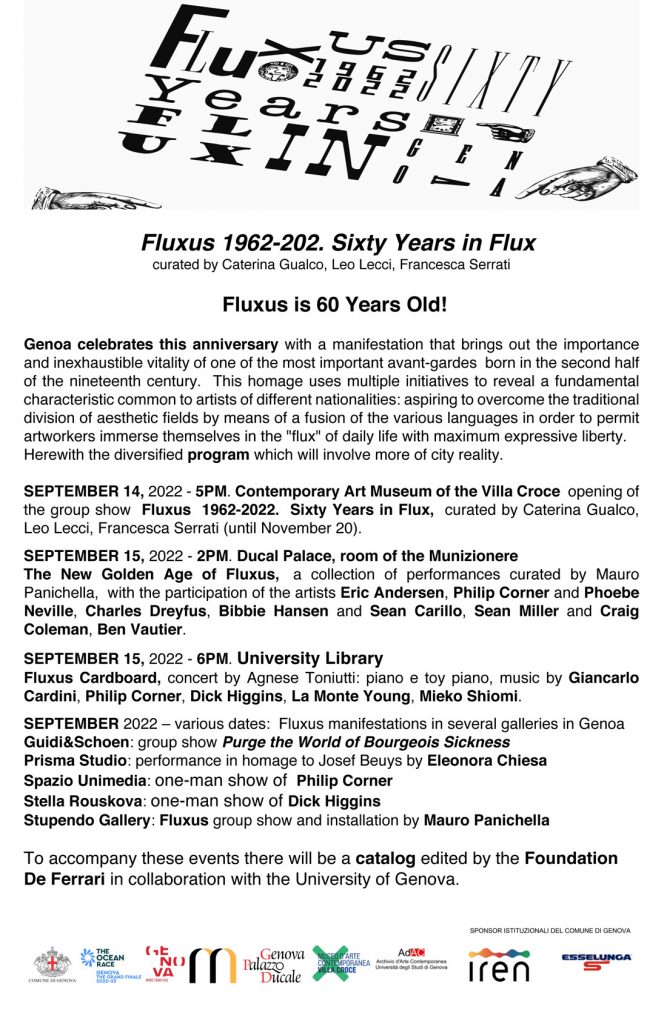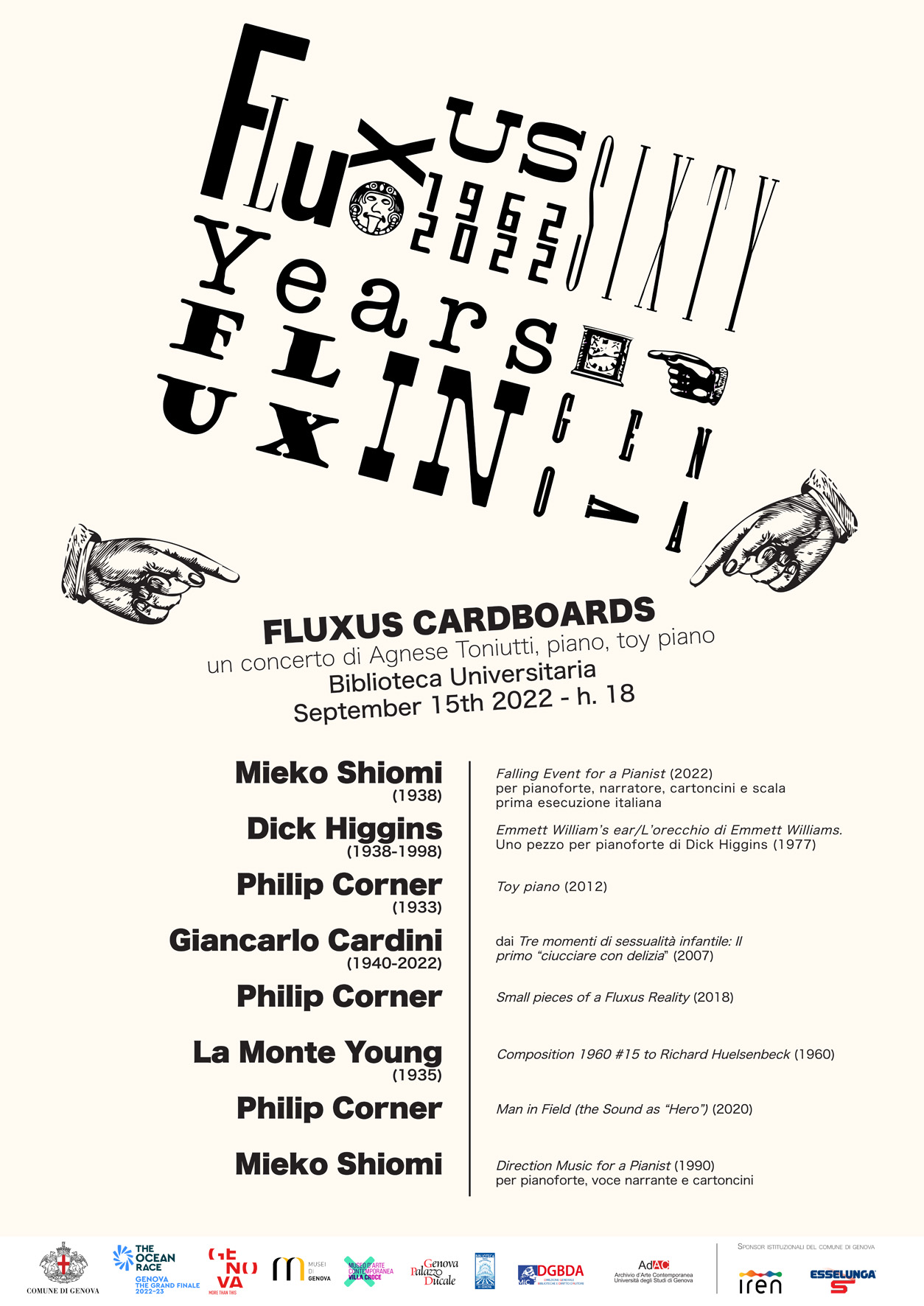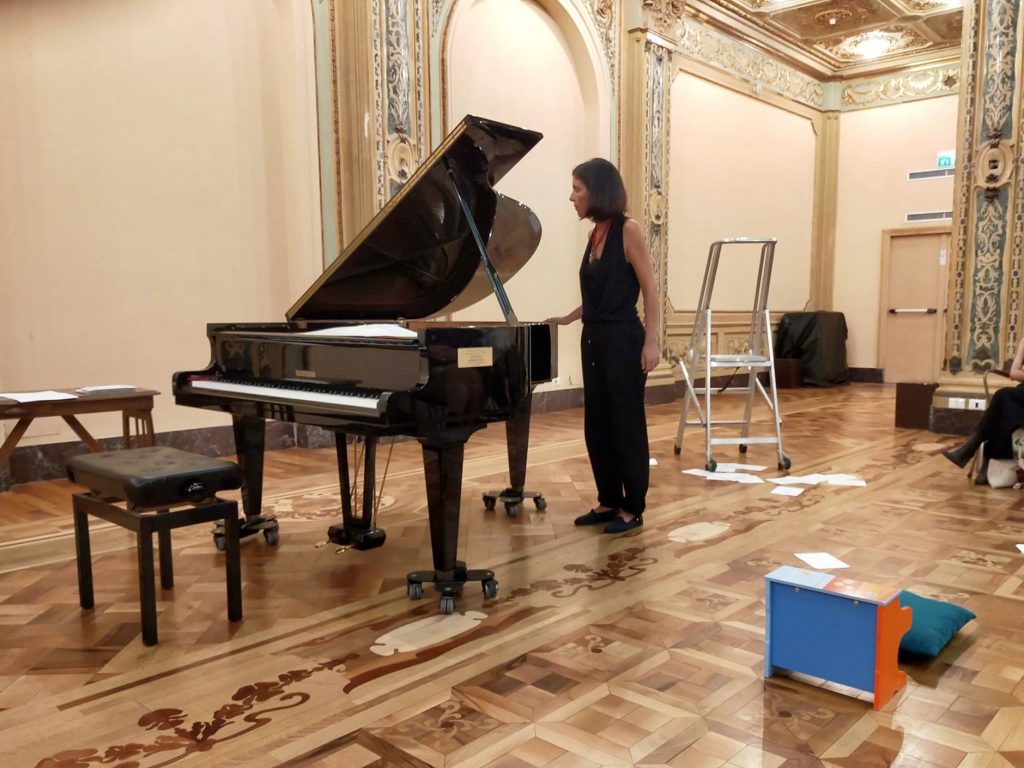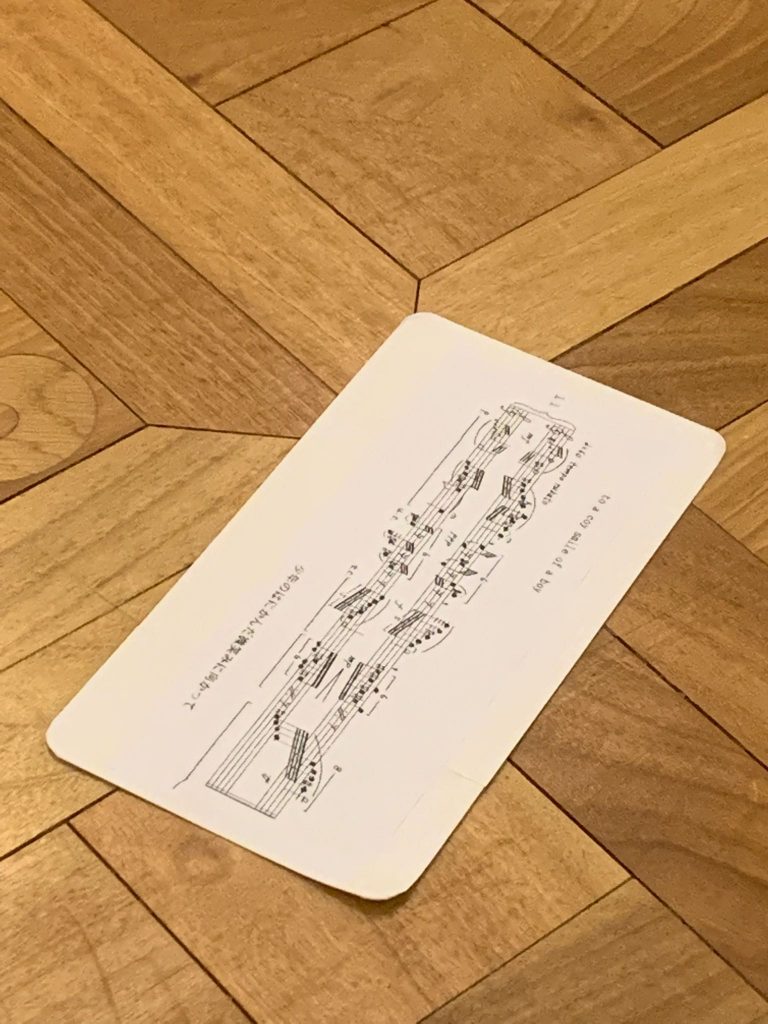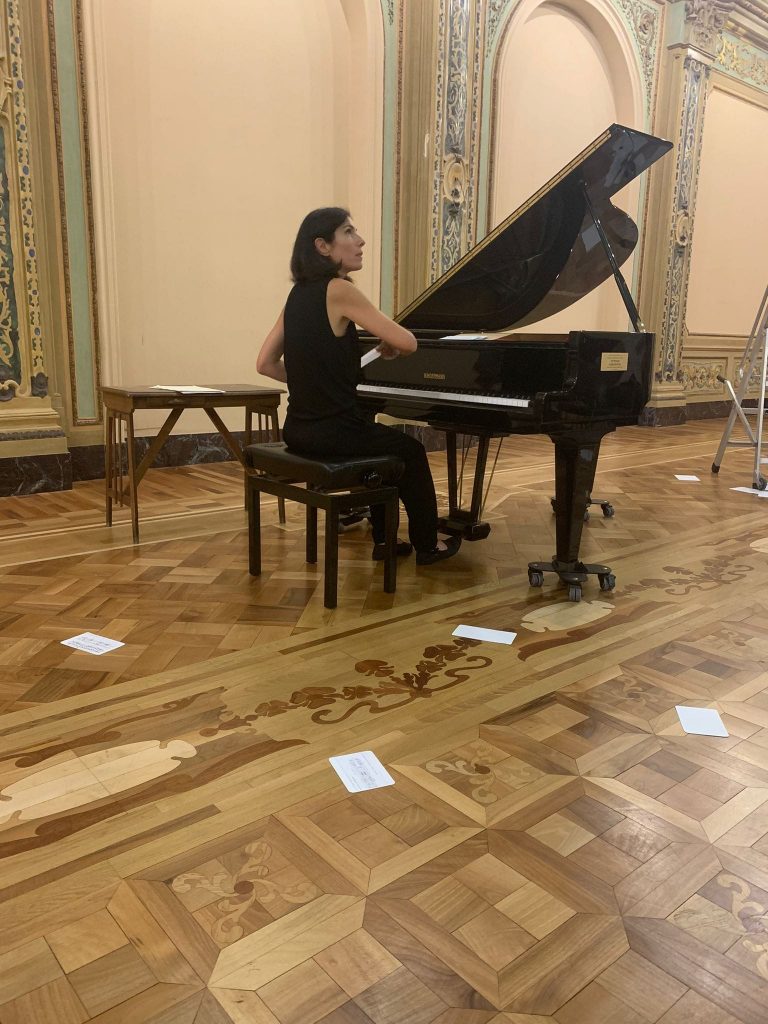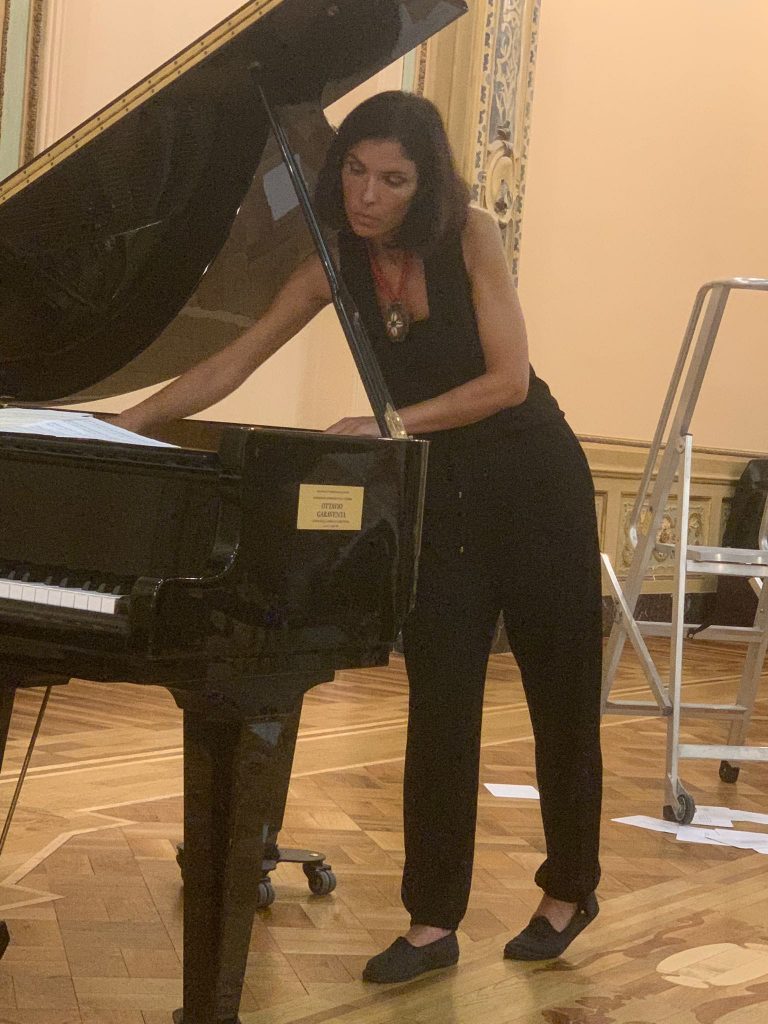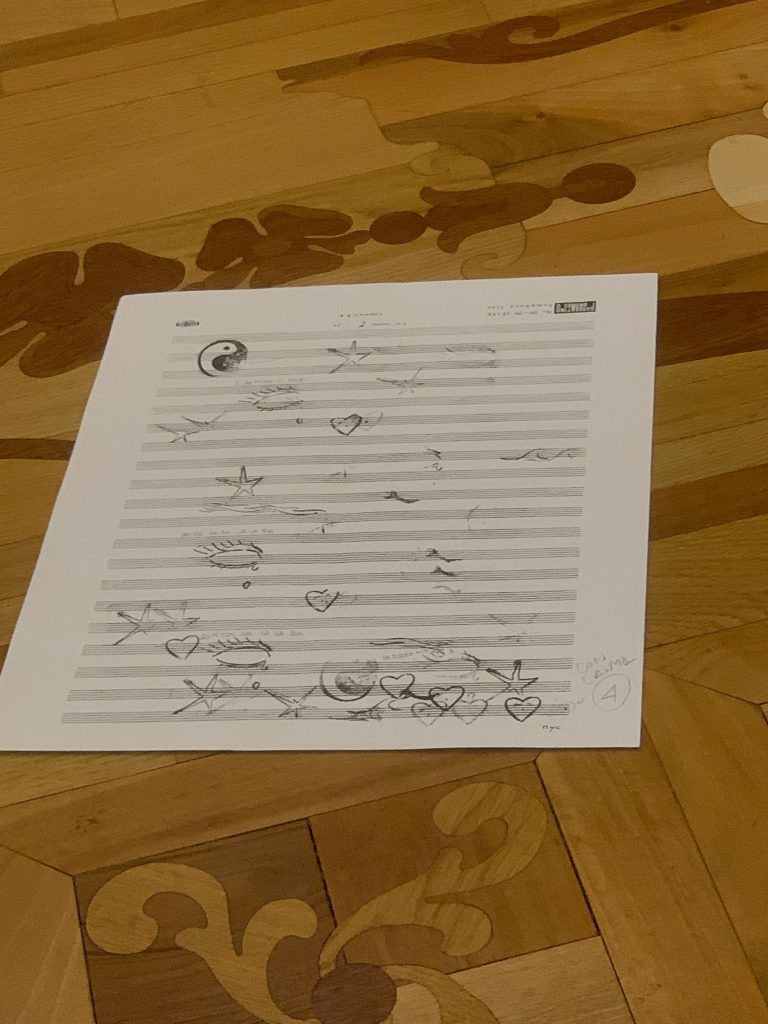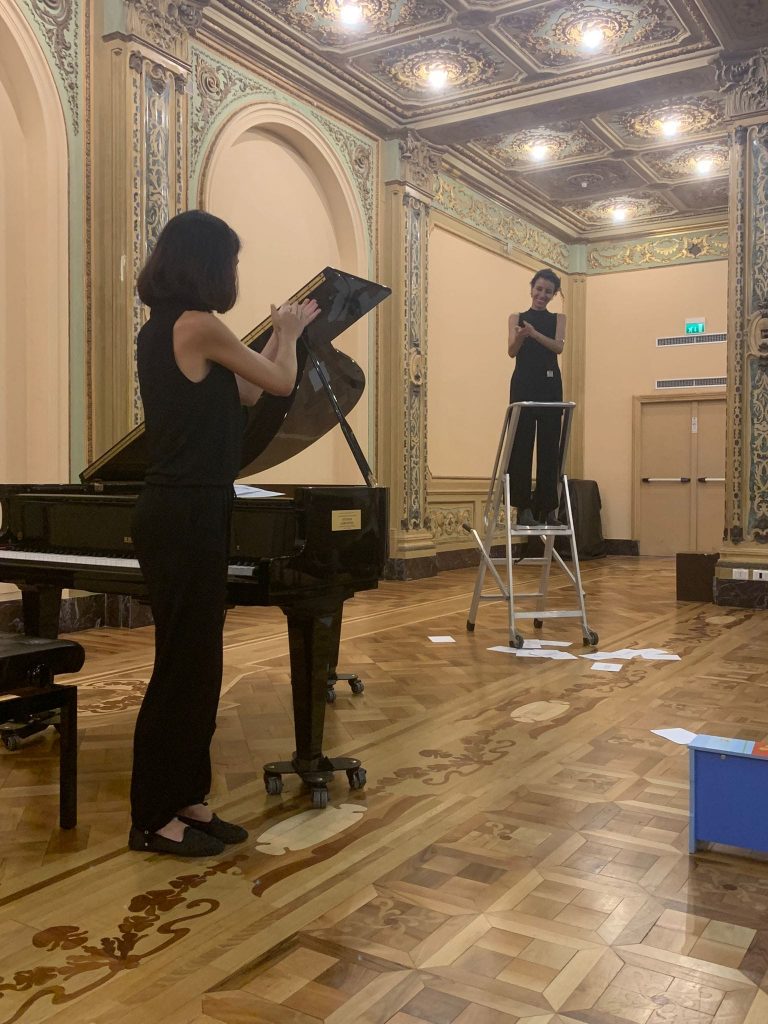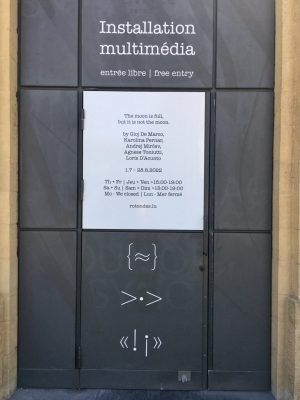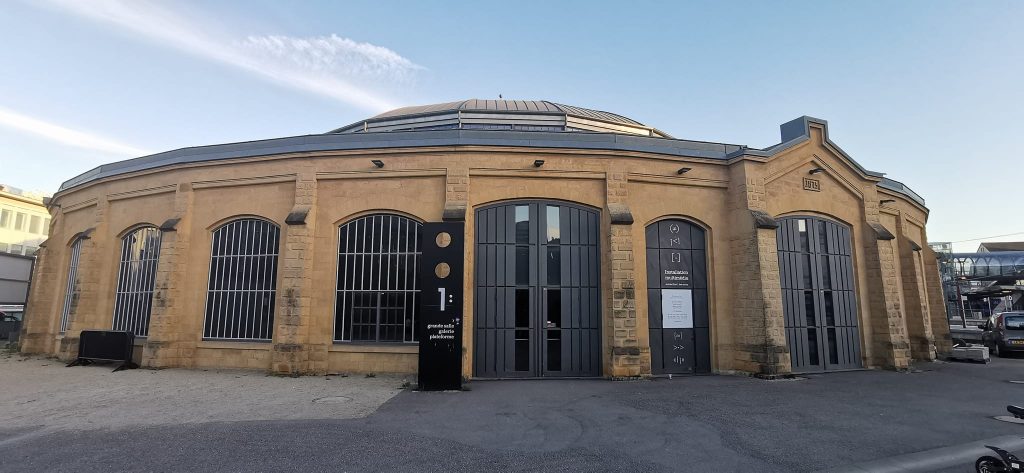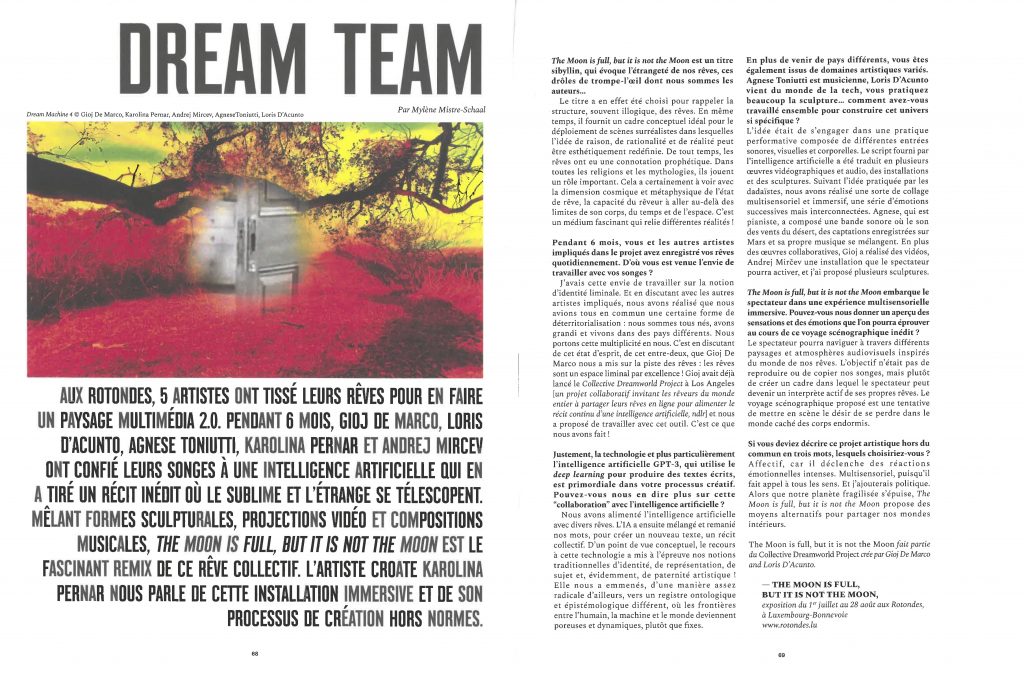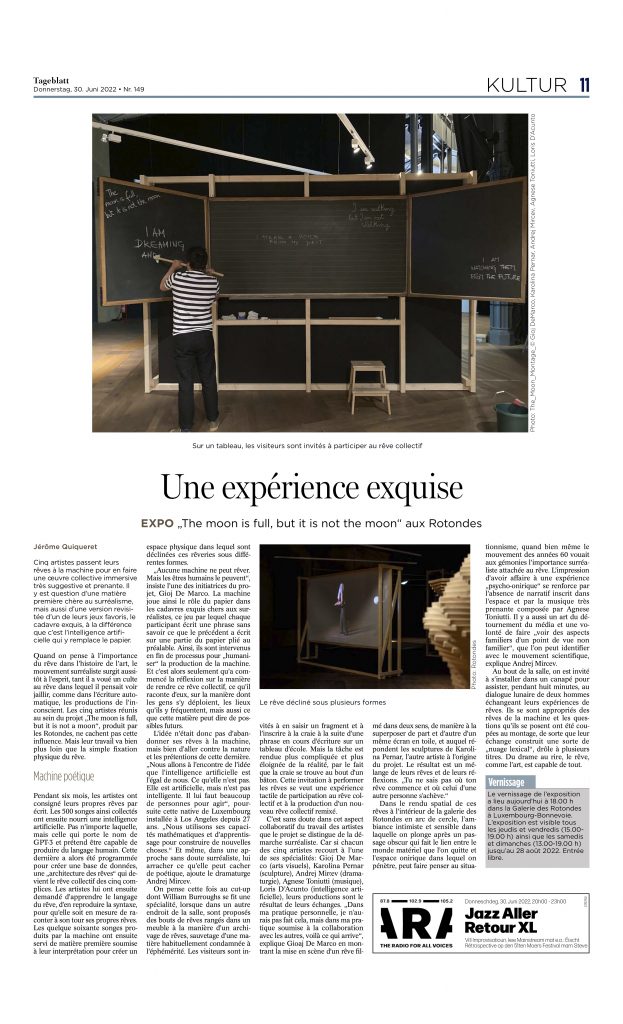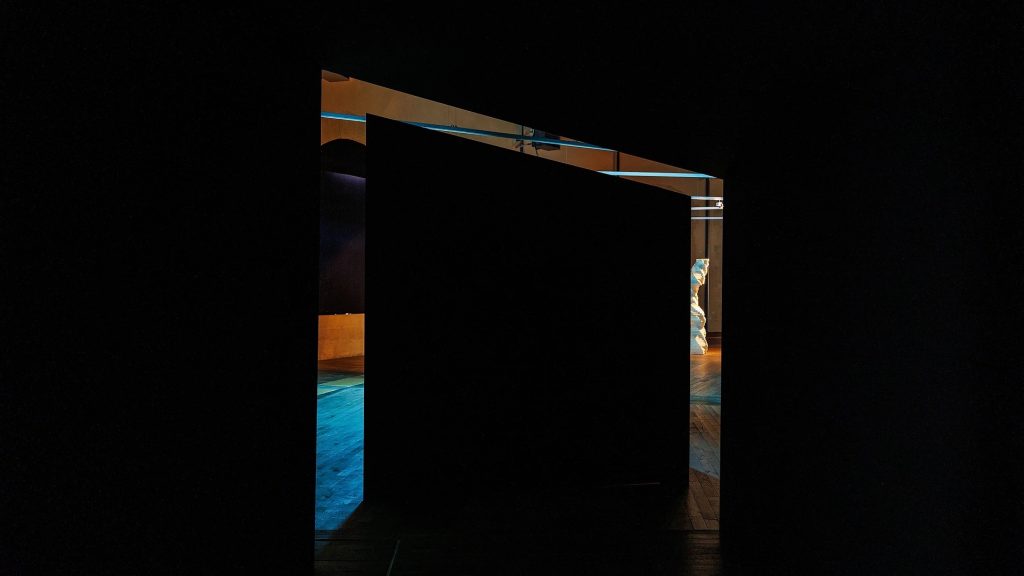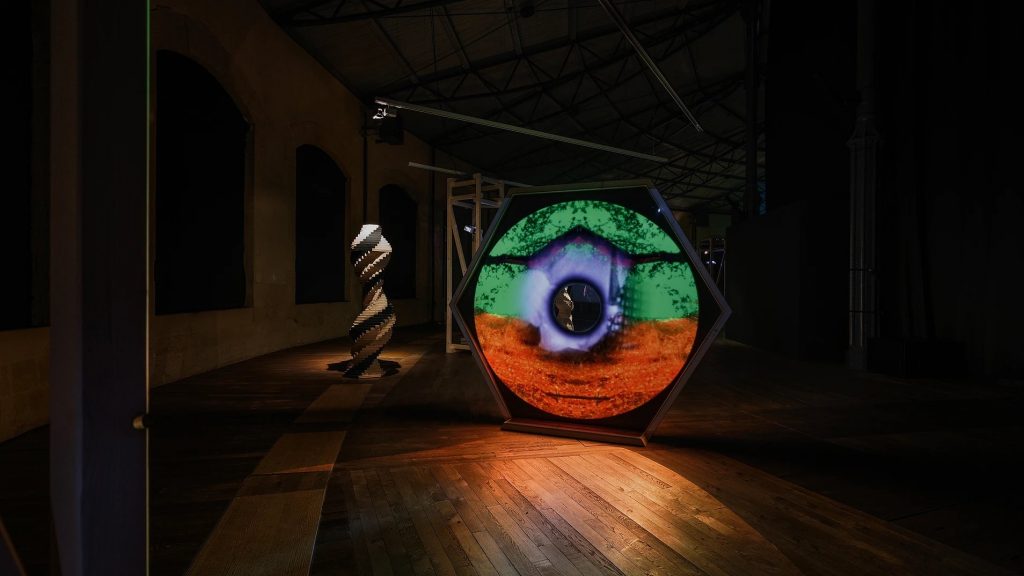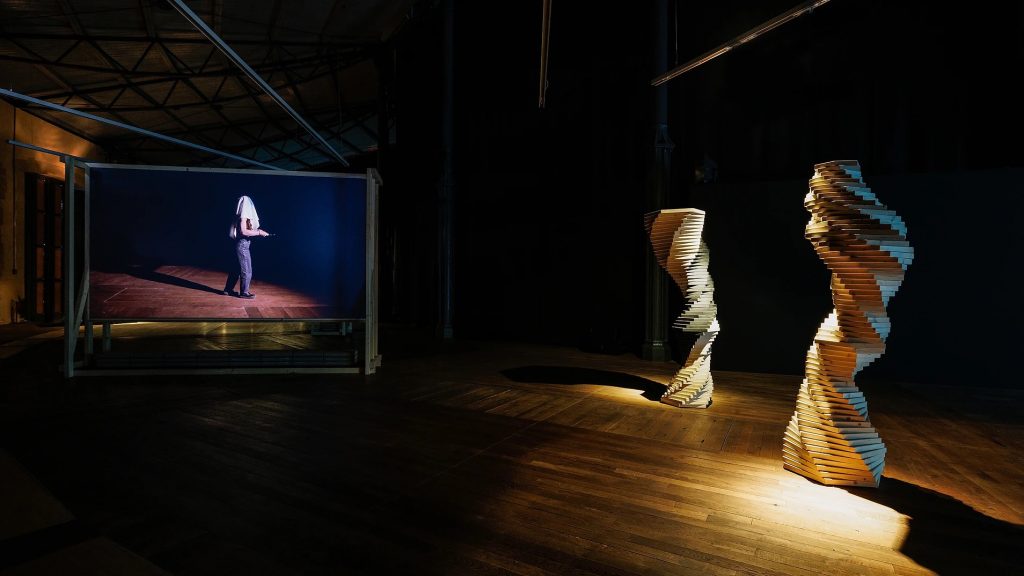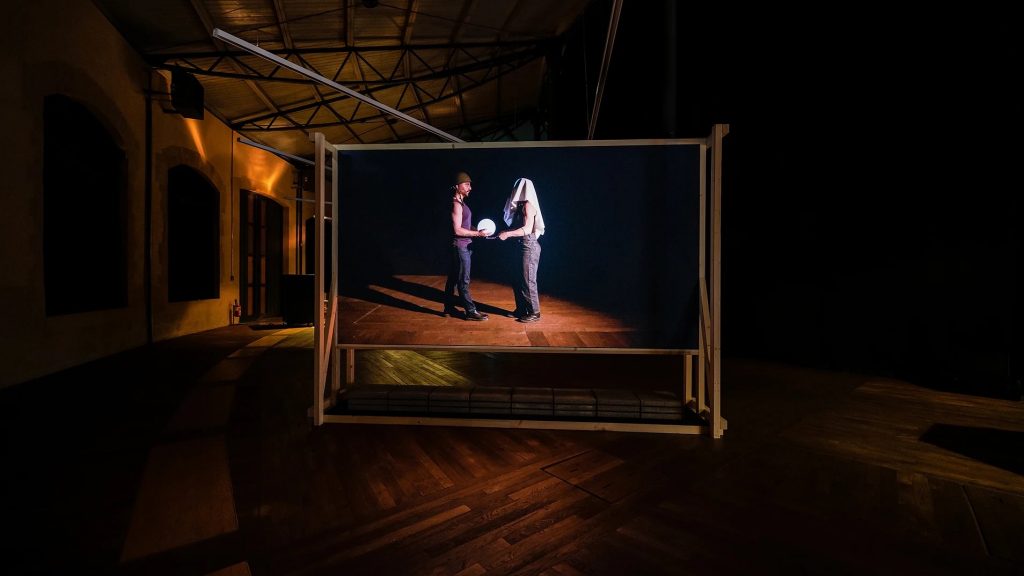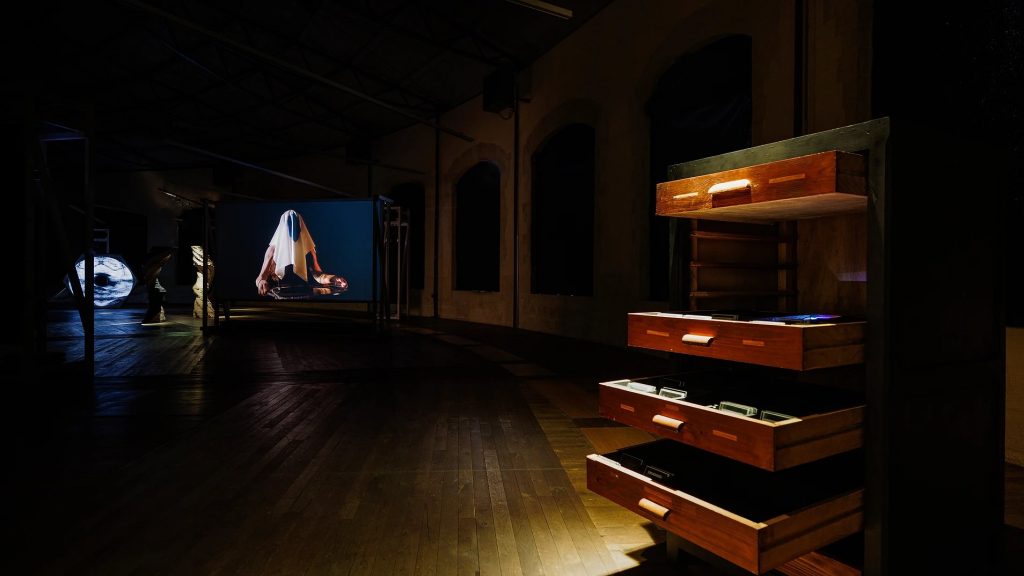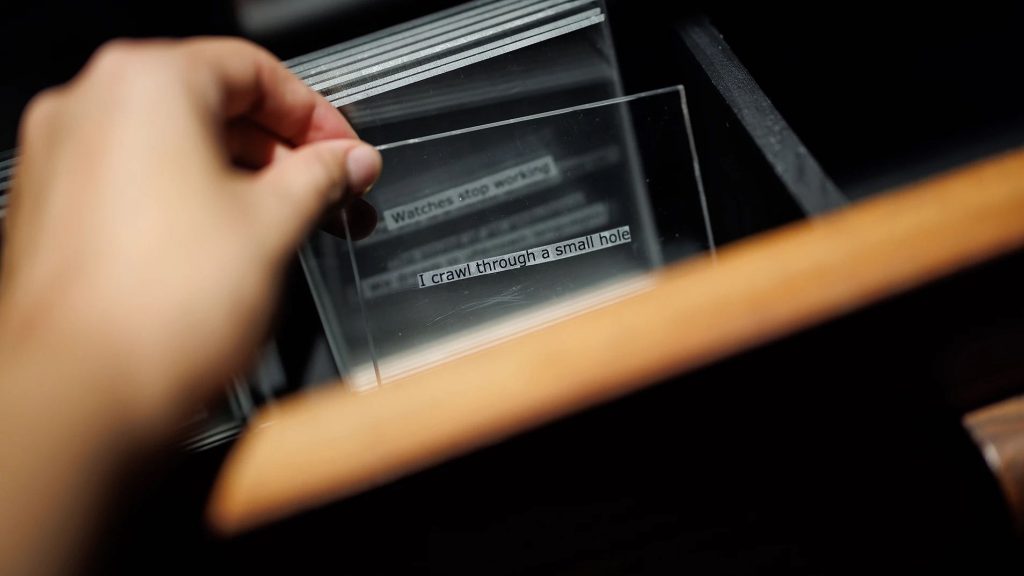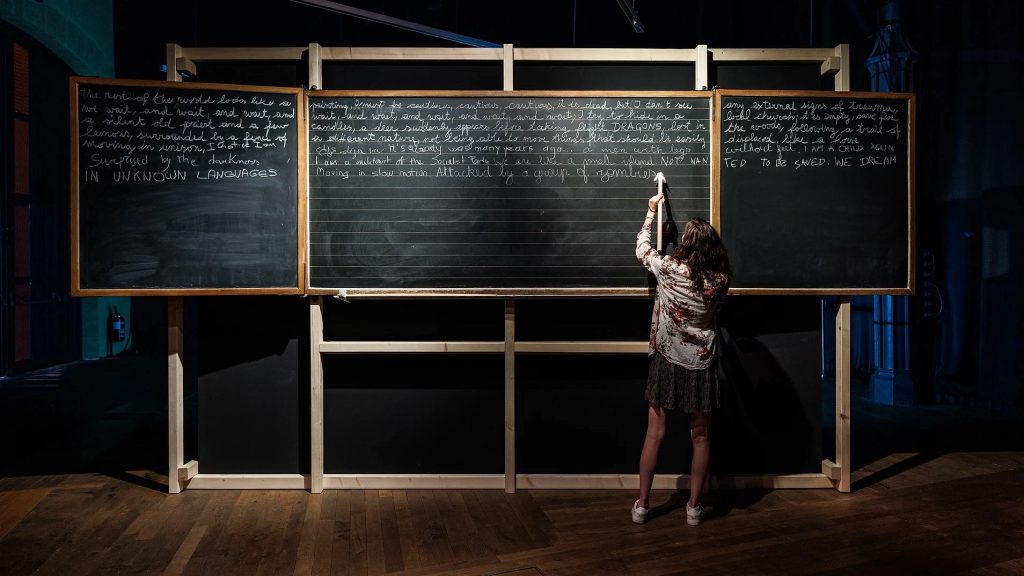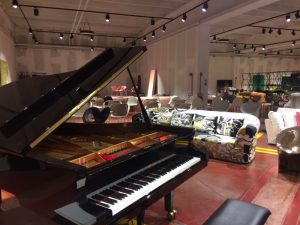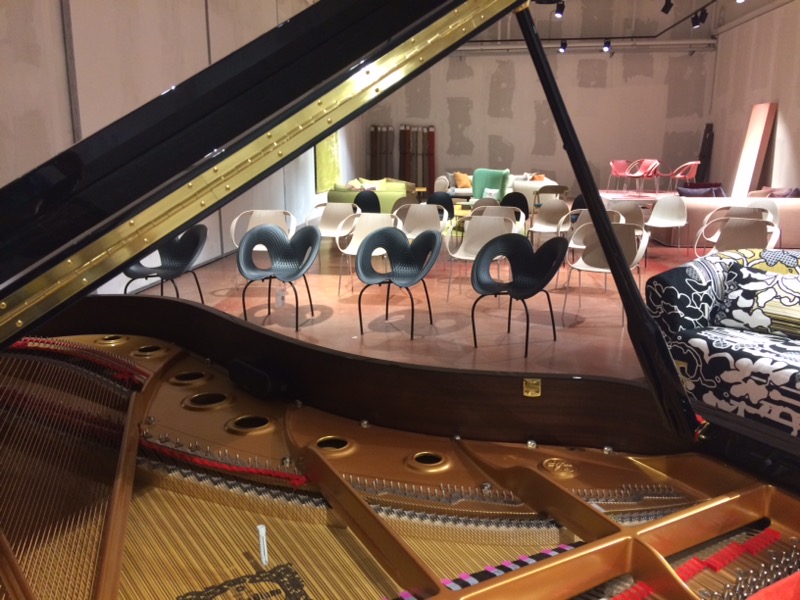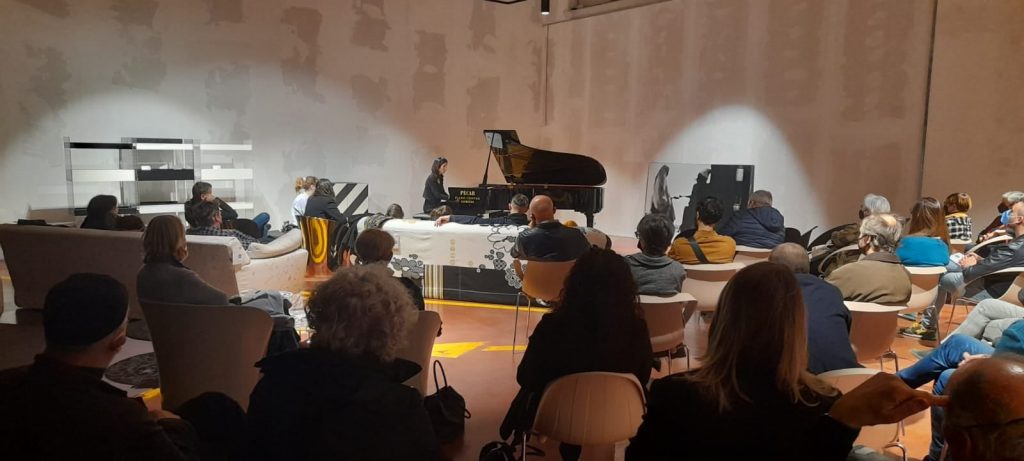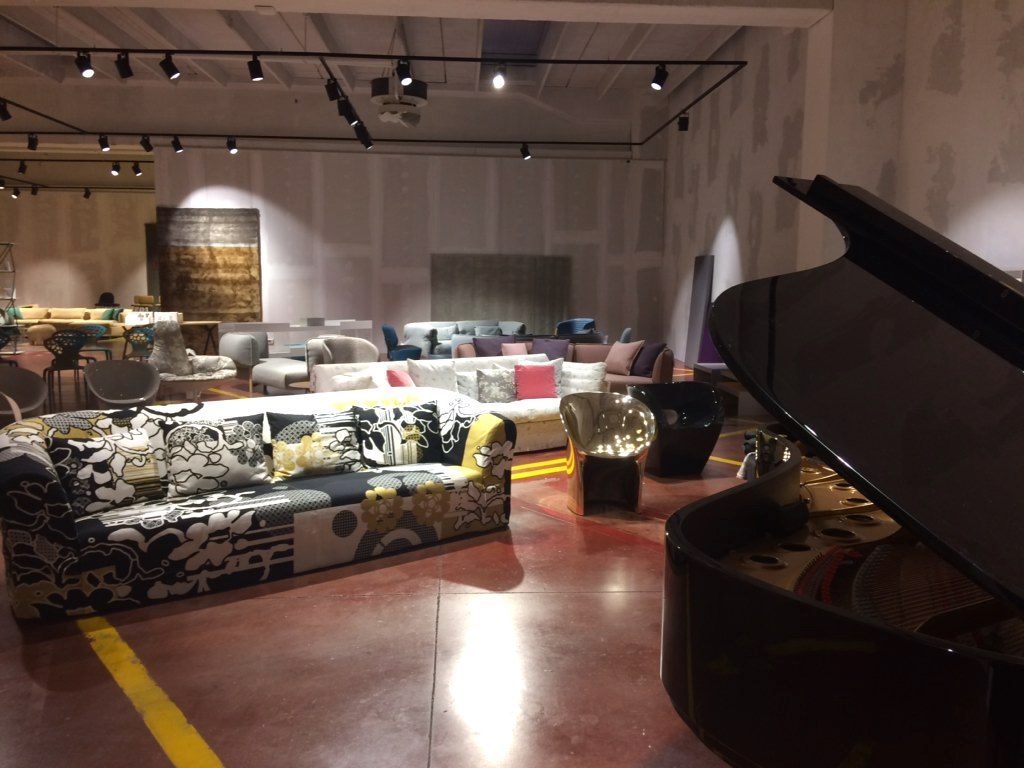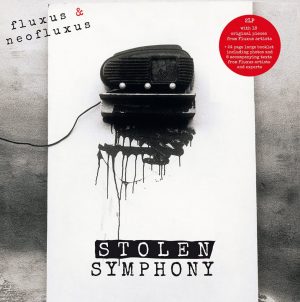
Fluxus: two new publications
In the last couple of months two very interesting publications have been published about Fluxus, and I’m very pleased to have given my little contribution.
One is a double CD / LP in limited edition, Fluxus & NeoFluxus / Stolen Symphony (Vol. 1), by Sub Rosa label, enriched with a 72 pages booklet, full of texts, notes, images around Fluxus movement. Petr Studený and his Czech Opening Performance Orchestra had the idea to commission a collection of Fluxus recordings to some musicians devoted to this repertoire: Deborah Walker, Anna Clementi Ohlin, Werner Durand, Luciano Chessa, Miroslav Beinhauer, myself and several others.
I contributed with new recordings of pieces by Mieko Shiomi (Direction music for a pianist, for spoken voice, piano and cardboards), Dick Higgins (Emmett Williams’ Ear) and (inspired by) La Monte Young (Composition 1960 #15), and some re-releases by Philip Corner and Giancarlo Cardini.
But the entire first part of the collection features also music by Eric Andersen, George Brecht, Ay-O, John Cage, Giuseppe Chiari, Henning Christiansen, Öyvind Fahlström, Ken Friedman, Sten Hanson, Geoffrey Hendricks, Toshi Ichiyanagi, Joe Jones, Bengt af Klintberg, Milan Knizak, Alison Knowles, Larry Miller, George Maciunas, Sara Miyamoto, Nam June Paik, Yoko Ono, Opening Performance Orchestra, Benjamin Patterson, Josef Anton Riedl, Terry Riley, Takako Saito, Tomas Schmit, Dieter Schnebel, Yasunao Tone, Ben Vautier, Yoshi Wada.
The release is listed among the ten Best Contemporary Classical on Bandcamp in May 2023, here is the link.
An other collector’s item, but above all a valuable study tool, as far as I am concerned, is the beautiful book/catalogue “FLUXUS 1962-2022 – SIXTY YEARS IN FLUX”, published after the big event/exhibition in Genoa dedicated to the 60th anniversary of the founding of Fluxus (Sept-Nov 2022). In addition to the images documenting the exhibit, which alone would be worth the catalogue by themselves, the book is full of statements, testimonies and interviews by Fluxus artists and scholars. It is edited by Caterina Gualco, who has devoted endless energies to promoting Fluxus movement in Italy since the 70ies, Francesca Serrati and Leo Lecci.
Honoured to see the program of my September concert in Genoa at the end of the volume, designed by artist Mauro Panichella as all the other graphics of the event.
The book is available at Museo d’arte contemporanea di Villa Croce in Genoa.

